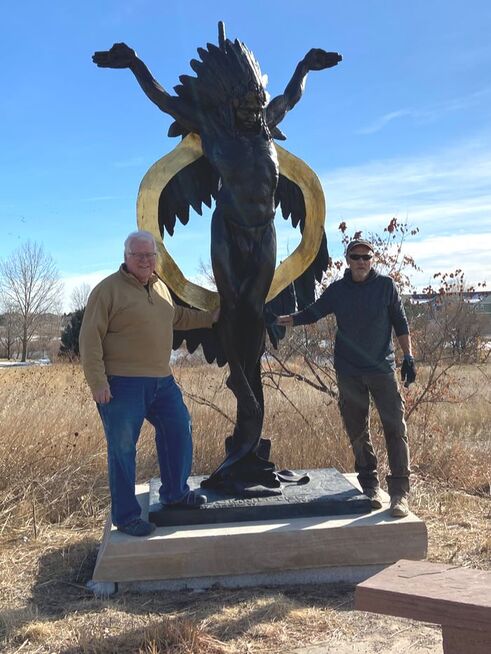 John Kinkade and Denny Haskew pose with sculpture Committed. John Kinkade and Denny Haskew pose with sculpture Committed. The National Sculptors' Guild installed Charter Member, Denny Haskew's bronze sculpture 'Committed' at the Josephine B. Jones Park and Open Space in Greeley, Colorado this morning. The sculpture was donated to the site by NSG Director, John Kinkade, in honor of his parents, Jack and Ditto Kinkade, long-time, beloved residents of Greeley who frequently donated their time and services to the community. Kinkade was instrumental in the creation of the park 30+years ago in the name of close family friend Josephine Jones, a true pioneer of the region who enriched the community in cultural events, historic preservation, and as an avid proponent of natural spaces; many of the trees in the open space were planted as saplings by Jones. The 11-ft tall bronze is enhanced with gold leaf on the sash. We've mounted the sculpture to a 1-ft tall sandstone base that is inscribed: "Given to the City of Greeley in honor of his parents, Dorothy (Ditto) Waldo Kinkade and John (Jack) Henry Kinkade, Jr. by John Waldo Kinkade - 2023" The site is ideal for this sculpture, a beautiful xeriscape expanse of land (~36 acres) stretching from Jones' former home (now used by the Greeley Forestry Department) to the edge of Highway 34. The family's deep connection to Jones and the natural space feels like the right placement to honor all involved and we appreciate the assistance from the city to make this happen. (Special thanks to DC Crane, Tribble Stone and Kim Snyder and Will Dillon from the City of Greeley for assisting on-site this morning). #SculptureIsATeamSport 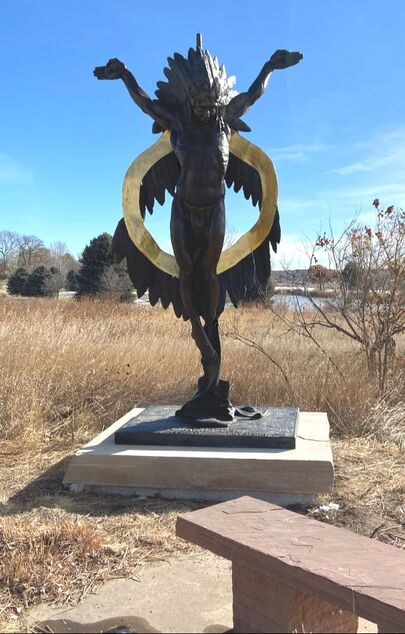 Committed by Denny Haskew Committed by Denny Haskew The artist developed a love for all things natural as well as a religious respect for all beings on earth from his relationship with his father and Potawatomi grandmother. Committed started as a traditional crucifix without Native American context. The crucifixion pose emphasized the importance to follow a spiritual path and be committed to it. We are all free to choose and once committed to a path with our Creator we begin to see inner truth. "I give to you all that I am. My faith in Spirit is unchanging. Eyes closed I can only see love." -DH Literally, the bronze is a depiction of a member of the Dog Soldier Society, sometimes called a "Sash Wearer." This man was known among his tribal members as a fierce warrior and courageous leader. When confronted by an enemy, the Dog Soldier would stake the end of the sash to the ground with his spear, thus telling the enemy he must fight to the death at this spot or leave. Other times the Dog Soldier may stake himself out as his tribal members advanced into battle so as to say "I am here, if you retreat past me, you will sacrifice me for I will fight to the death at this spot." His double eagle-tail bonnet blows out behind him creating a circle, the circle of life for all living beings. The city will be adding a QR code to the site that will lead visitors of the site to learn about the sculpture.  Haskew removing the last of the rigging during this morning's installation of Committed in Josephine B. Jones Park. Haskew removing the last of the rigging during this morning's installation of Committed in Josephine B. Jones Park. ABOUT THE ARTIST: Denny Haskew currently resides in Loveland, Colorado where he is actively engaged in the art industry as a sculptor. He received his degree from the University of Utah, then served two years in the United States Army during the Vietnam War. Having spent numerous years as a guide and ski instructor, Denny has learned to love the rivers and mountains of the western states of Arizona, Colorado, Idaho, Oregon, and Utah. After moving to Loveland, a hub of successful working sculptors, he wasted no time in getting monumental sculpture experience through working with renowned sculptors in the area. Since 1987, Denny has created and placed dozens of monumental compositions; spanning the full spectrum of the figurative genre. As a member of the Potawatomi Citizen Nation, it is only natural for his artwork to follow the Native American culture. His art has not been limited to Native American and southwestern subjects, however, as he frequently explores abstract forms placing emphasis on the qualities of the metal and stone used. As a Charter member of the National Sculptors' Guild and being close to other sculptors and the Loveland area foundries has helped him to master all the foundry processes involved in producing a desirable and lasting monumental bronze sculpture. Over 50 major public placements include the Smithsonian Institution, DC.; the Gilcrease Museum, OK; Cerritos, CA; Little Rock, AR; the Shakopee Mdewakanton Dakota Sioux collection, MN, and the Barona Band of Mission Indians, CA. His outlook on life and sculpture largely stems from his Irish/Potawatomi heritage. He states "....the strength of my artwork ascends from the spirit of the people portrayed - Native Americans, Mayans, friends, children, people of the Great Plains and West. This same spirit connects each of us with the harmony of nature and one's relationship to another." Concern with composition and fascination with the human form lead him to portray bodies in unusual, sometimes nearly contorted positions. Dramatically individualistic facial features combine with carefully composed body positions to reveal souls filled with emotion, scarred and given character by the circumstances of living, but never beaten by life. Haskew’s artwork conveys his innermost being. It is intensely personal and honest. His themes are recurring: Spirit, Love, Forgiveness, Healing, Relationship, Endurance, the Sacredness of the Human Spirit, and the Strength in each of us, the Power of all that is Natural.
0 Comments
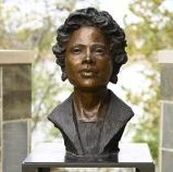 In November, the City of Little Rock installed National Sculptors' Guild Fellow Jane DeDecker's Portrait of Daisy Lee Gatson Bates in Little Rock, AR. The bronze bust of the civil rights activist, Arkansas NAACP president, and pioneering black journalist (1914-1999), is situated in Vogel Schwartz Sculpture Park in her former hometown. The portrait is just one acknowledgment of Bates’ legacy in the river town which also boasts a Daisy Bates Museum, several named streets, and a “Daisy Bates Day” celebrated the third Monday of February every year. The bust also includes a plaque with a quote by the human rights advocate: “When hate won’t die, use it for good.” The outdoor sculpture walk winds along the Arkansas River and includes over 90 works of art in its collection. The Bates sculpture is near the Main Street overpass on the Eastern side of the art garden. update 5/20/22: The bust and plaques have been cast in bronze and shipped to Little Rock. We will update with photos once the city has installed the memorial. 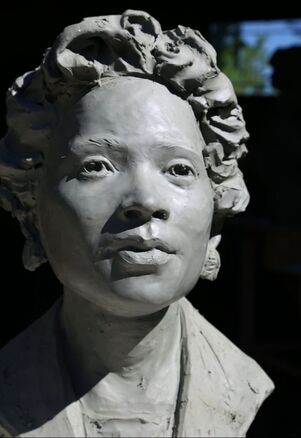 Jane DeDecker's composition of Daisy Bates Jane DeDecker's composition of Daisy Bates 10/15/21: National Sculptors' Guild Fellow Jane DeDecker has been selected to sculpt Daisy Bates for placement in the City of Little Rock, Arkansas. The honor to portray such an important figure is a true highlight. The life-sized bronze bust will be accompanied by a wall of bronze plaques featuring quotations by the great Civil Rights Activist. The public display of her image and words will serve well to inspire next generations to take her lead to end racial injustice. "I have been truly inspired and deeply moved by the strength and dedication of Daisy Lee Gatson Bates. She turned tragedy into her life's work in fighting against prejudice, segregation, and inequality. Daisy Lee Gatson Bates was a formidable woman who would not stand down." - Jane DeDecker, NSG The commemorative placement will be completed in 2022. Updates will be posted here. Daisy Lee Gatson Bates Mentor to the Little Rock Nine Advocate for Equality About Daisy Lee Gatson Bates... Daisy Bates was an elegant woman, physically small, though grand in stature when her determination to end racial injustice was involved. She confronted racism and adversity from an early age. Personal confrontations led to speaking out and heading large organizations; providing great change for the state of Arkansas, and beyond. No one prepares to be the face of change for a nation, Daisy Bates took on her role with grace and fortitude. Unwaveringly, she rose to all of the challenges, her diminutive body seemingly too small for the power she exuded. Small but mighty, Mrs. Bates informed and organized Arkansas' Civil Rights movement. Her resilience to the fear tactics used gave her a reputation of calm in the face of adversity. Jail time, fires on lawns and bricks thrown through windows seemed only to make the fight more just and purposeful. Though Mrs. Bates is most known for her involvement in the Little Rock Desegregation Crisis of 1957, her contributions etch far deeper. The weekly newspaper that she and her husband published helped inform and activate civil rights movements across the state, and beyond, before and after the integration of Central High School. From 1941 to 1959 the Arkansas State Press was one of the only newspapers solely dedicated to the Civil Rights Movement. She was known to publish controversial articles that others shied away from. Daisy Bates worked with local Civil Rights organizations including joining the National Association for the Advancement of Colored People in 1952. For many years, she served as the President of the Arkansas chapter of the NAACP, providing support to many opportunities for the black community, assuring her role in the 1957 desegregation efforts. She was well respected in the community, even her opponents had to admit she was a force to reckon with. Her repose during crisis after crisis kept the forward motion of the Civil Rights Movement going; and her tenacious charge afforded generations of students access to their constitutional rights. 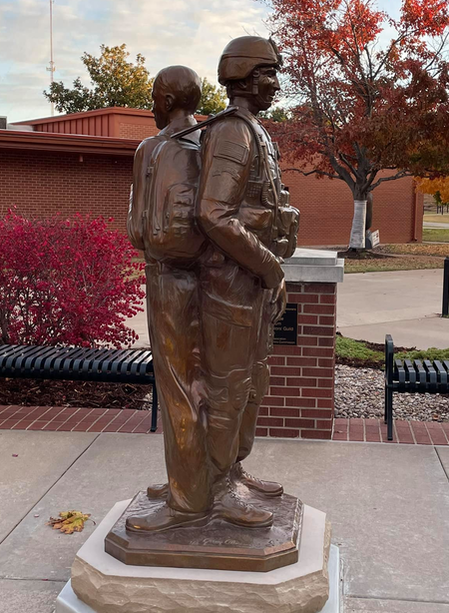 Gary Alsum’s “Tried and True” was dedicated at the University of Central Oklahoma in Edmond during their Veteran's Memorial Service. The two soldiers are sculpted back to back. One in full combat uniform, the other dressed for class. Minimizing space between the figures creates a single form. Symbolically, this depiction shows how the soldiers rely on one another as they literally have each other’s back – in service, or in civilian life; they stand together in a life-long connection. This camaraderie extends to the family of Veterans which can be felt through this composition as well. It can connect with relatives, friends, and fellow service people, creating a space for reflection from any path of life. The National Sculptors' Guild has had the honor of placing a number of monuments commemorating Veteran’s across the nation. We extend our gratitude and respect to all Veteran’s. Thank you for your services. NSG Public Placement #530  Update 12/17/2020: Gary Alsum's Tried and True has been completed in bronze and is on it's way to the University of Central Oklahoma. The sculpture will be stored there until the site is completed and can be placed. Thanks to Bronze Services of Colorado for another job well done. 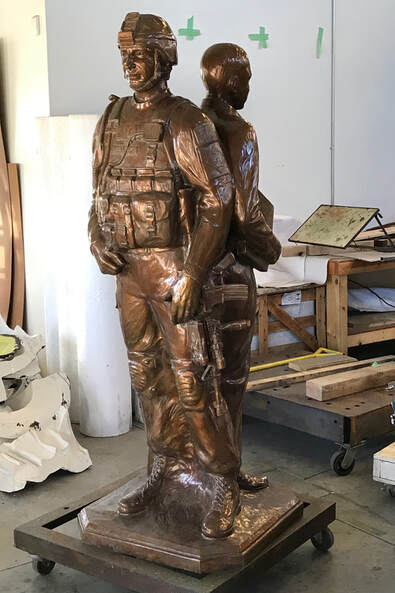 Tried and True by Gary Alsum and the National Sculptors' Guild Tried and True by Gary Alsum and the National Sculptors' Guild 5/24/2020:: Gary Alsum and the National Sculptors' Guild were selected by the University of Central Oklahoma to create a Veteran's Memorial for their Edmond, Oklahoma campus. The composition is titled "Tried and True" The desire of the committee was to honor two individuals as a memorial - one depicted as a soldier and one as a student - who were close to the UCO family and by extension represent all others who have served to defend our liberties. Gary chose to depict the two soldiers, back to back. One in full combat uniform, the other dressed for class. Minimizing space between the figures creates a single form. Symbolically, this depiction shows how the soldiers rely on one another as they literally have each other’s back – in service, or in civilian life; they stand together in a life-long connection. This camaraderie extends to the family of Veterans which can be felt through this composition as well. It can connect with relatives, friends, and fellow service people, creating a space for reflection from any path of life. The clay enlargement is shown below... We are saddened to learn of past National Sculptors' Guild member, and friend, Ron Chapel's death. Our deepest sympathy goes to Vanessa, his family and friends.
Images show some of the projects we were fortunate to have created and placed with Chapel. He left a beautiful impression on the world through his art; he was a genuine person who loved nature. He will be missed. #ChapelBronze #ChapelSculpture #RonChapel  This Memorial Day, we reflect and remember those who gave all. The National Sculptors’ Guild has had the great honor of placing numerous memorials across the nation. Each on holds a special place in our hearts for the men and women who serve and sacrifice to protect our freedoms. We are just finishing up our next Veteran’s Memorial for the University of Central Oklahoma, “Tried and True” by Gary Alsum (shown in this post in clay) Gary’s sculpture “Honor” is shown first. Other images for our past memorial placements include “Stars and Stripes” by Kathleen Caricof; “Salute” by Clay Enoch; “Freedom Soldier” by Denny Haskew; “Vietnam Veteran’s Memorial” by Jane DeDecker; “Protector of Freedom” by Darrell Davis; “Unspoken Bond” by Daniel Glanz; “Paramount Memorial Plaza” by Mark Leichliter/NSG; “The Desoto War Memorial” by NSG Design Team. #NationalSculptorsGuild #MemorialDay #Remembrance #ToThoseWhoServed #Honor #WarMemorialSculptures #MemorialSculpture #Memorial #HonoringTheFallen #PublicArt #AmericaTheBrave #GaryAlsum #ClayEnoch #KathleenCaricof #JaneDeDecker #DanGlanz #DarrellDavis #MarkLeichliter #DennyHaskew #NSG #ArtistDriven #ClientMinded Specialists in Significant Sculpture Placements since 1992.
 Every Word We Utter bronze study Every Word We Utter bronze study
"Every Word We Utter" is a Monument to the Women's Suffrage Movement. The monument commemorates the largest nonviolent revolution in our nation’s history — the movement for women’s right to vote. Dedicated to Susan B. Anthony and Elizabeth Cady Stanton, the monument will mark the 100th Anniversary of the ratification of the 19th amendment, the women's right to vote.
DeDecker elected to depict multiple figures in the monument as a reminder that it took a whole group of women to accomplish this right. Susan B. Anthony and Elizabeth Cady Stanton are shown collaborating on the 19th amendment. Ida B Wells and Alice Paul are shown paying homage to the women before them; standing on the shoulders of giants(Sojourner Truth, Harriet Stanton Blatch, Anthony and Stanton, etc). Signatures of the group of women it took surround the monument. The immensity and scale needed to equal the magnitude of the movement. Bold and Beautiful just like those women who fought for our rights. “Every word we utter, every act we perform … are wafted into enumerable other circles …” Elizabeth Cady Stanton reflecting on the life of Lucretia Mott. "When we see them (historic female figures), we're reminded. It's important that we see these women, every day. Seeing them every day will help us to remember their goals and remember their aspirations. Sending a message to every woman that they do have a voice and they can use their voice. I hope the monument inspires young women..., little girls." - Jane DeDecker
Help build the Monument and Commemorate the Women's Movement and the Right to Vote..., 100 years on August 18, 2020. Be part of the circle, contribute to NSG Fellow Jane DeDecker's Every Word We Utter
DeDecker Studio is currently working on placing the 20-ft tall monument in Washington, DC. Once fully funded, this important bronze sculpture will be placed in a location of national prominence to inspire future generations. Track the progress of HR 473 (sponsor Congressman Joe Neguse) in the US Congress: The 5-ft tall bronze and granite maquette will be placed as a limited edition in other appropriate spaces across the nation. Proceeds from these national sales of the maquette will help make the monument possible. Please contact the National Sculptors' Guild if your public art program has a site for this important piece.
Jane has begun work on the monument, below are studio images of the armature and early stages of adding clay, the 5ft maquette is used for reference as she sculpts the enlargement.
This post is an update to a previous one; see the original from 2018 here
Update 01/09/2019: Installation Day. The National Sculptors' Guild is at the Young Israel of North Beverly Hills installing a Holocaust Memorial. Designed by John Kinkade and Dee Clements. Installation is nearing the finish line as we post. We are honored to create such an important element for this beautiful Synagogue and its members. Special thanks to Judith Garshofsky who has been assisting with coordination every step of the way. It was also wonderful working with Rabbi Pini Dunner on this important memorial.
Update 11/10/18: The dedication of SALUTE by Clay Enoch and the National Sculptors' Guild was powerful and we are so grateful to have been involved in honoring our Veterans with this monument. #WeSaluteYou Update 11/3/18: We had to fly back to Colorado - but SALUTE is on track for completion next week, and Clay will return for the dedication of SALUTE by Clay Enoch and the National Sculptors' Guild next Saturday as part of the OrthoIndy Y Veteran's Day Celebrations. With all our respect and admiration to Veteran's everywhere, We Salute You! Update 10/30/18: Clay Enoch and the National Sculptors' Guild are in Indianapolis all week to install and finish "Salute" at the OrthoIndy Foundation YMCA at Pike Lots happened on-site for this project - the cast aluminum is attached to the wall, then foam is added to complete the figures, Clay sculpts this foam then stucco is smoothed over all but the aluminum to harmonize the sculpture and wall of the monument. Stainless Steel plaques will then be attached to the wall to house the dog tags honoring Veteran's. (Veterans’ names will be added to the sculpture with a donation of $100 at YLovesVets.org) Special thanks to all our subs, certainly a team effort on this one. Update 10/23/18: The aluminum castings are being chased in Loveland, CO this week, Clay is up from Colorado Springs to finish strong. We load the truck Friday. Update 9/14/18: We just got news from Indianapolis that the walls are poured! It's coming together now. Update 8/8/18: Clay has been hard at work sculpting the final portraits representing the five branches. two will be sculpted in the wax stage prior to casting. The objective was to create racially ambiguous male and female portraits for optimum inclusiveness of all service men and women. Update 7/12/18: Lots of schematics over the past year for this complex project since half will be sculpted on site involving multiple subcontractors. All of whom have been great to work with. Update 5/14/18: The figure portion with sculpted saluting arm has been completed, ready to mold and cast. 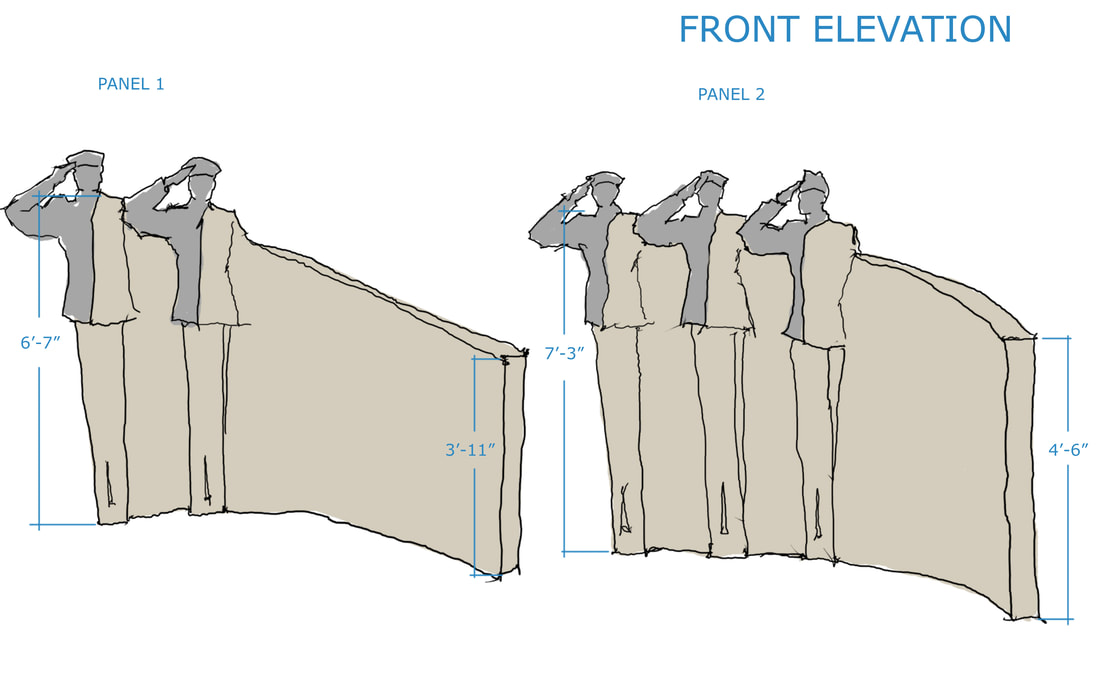 Update 9/18/17: Several months of designing and redesigning; working with the committee to establish several key elements including scale, depicting men/women which branch is placed where. The NSG and OrthoIndy have done our best to make this a monument every Veteran may be proud of. “The sculpture will appeal to people of all walks of life and every generation,” said Aasif Bade, chair for the Pike Capital Campaign to build the new YMCA. “Salute will be a great place to gather and pay tribute to our veterans.”  7/5/17: We are honored to be selected for this project. Clay Enoch and the National Sculptors' Guild will be installing "Salute" at the OrthoIndy Y next year. Follow this post for updates as the project develops. Designed with a universal approach and appeal it is our intention that people of all walks of life and every generation will be able to step into the art statement and bring their story to the piece. Whether they be a veteran and feel the strength of the collective salute, or they know a veteran and can show their reverence and gratitude for those who have served.
The design complements the architecture for continuity. Two serpentine walls fill the site forming an open ellipse. The walls graduate in height toward the center. At these highest points the silhouette of figures crest the wall drawing attention to the center area where the plaques honoring veterans are discovered next to five saluting figures. The shape of the walls creates an intimate, protected space for individuals or small groups to gather and pay tribute with quiet contemplation. Emerging from the inner curve are five figures, each rising stoically in the line, bringing solidity and strength to the wall. Employing the figure as a stylized architectural element allows it to have universal appeal and convey strong emotion without extraneous detail. The figures stand shoulder to shoulder, saluting each other to demonstrate the strength and camaraderie of all Veterans of the Armed Forces. Each branch is defined through the uniquely sculpted hat, depicting the Air Force, Army, Coast Guard, Marine Corps and Navy. We wish to work with the committee to best select the most distinctive hat for each branch so that it is an immediate and relatable image. A simple distinguishing insignia or patch may be included for further clarity. To the right of the figures are plaques engraved with the names of the Veteran's honored by the OrthoIndy Foundation. The choice of materials has structural purpose, as well as symbolic significance, to emphasize the overall message of honoring Veteran’s services and the YMCA’s mission to help soldiers adjust to re-entering civilian life. This mission is emphasized in the change in material within the figure, from cast aluminum to modeled stucco symbolizing a veteran’s transition from service to civilian life while acknowledging that the uniform will indefinitely be a part of their life. Aluminum has been a significant metal utilized within the military since WWII when the use of America’s supply of bauxite for metal production soared for aircraft frames, ship infrastructure, radar chaff and millions of mess kits. The saluting arm side of the uniform and head will be cast in aluminum. The rest of the figure emerges from an earthy material (sand being the primary makeup of stucco) to show that all service men and women are connected to the soil they protect. Clay Enoch and the National Sculptors' Guild 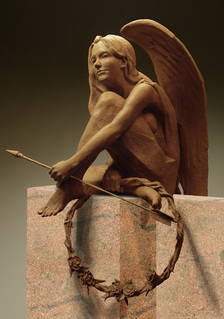 Memorial for Cindy Miller in Little Rock, AR. "ANGEL" by CLAY ENOCH, NATIONAL SCULPTORS' GUILD Three-Quarter life-size sculpture of a seated angel. From the bottom of the wreath to the top of the wings the bronze sculpture is approximately 36". From the top of the base to the top of the wings is approximately 24". The bronze sculpture will sit on top of a 54-inch tall pink granite base. Overall height is 78”. The bronze study is available for separate purchase in a limited edition of 50. Measuring 9” wide by 9” deep based on an ebonized 10" wood column with an overall height of 16". Order one today.
Kathleen Caricof's design was selected by the City of San Luis Obispo for their 9/11 Memorial. A 10-foot steel I-beam from the World Trade Center will become a central piece of a public art project at San Luis Obispo’s main fire station. The beam, recovered from the mangled rubble left when the twin towers fell, will be transformed from a symbol of devastation into a work of art honoring the fallen. “Standing Tall,” pays tribute to the 403 emergency workers who died while helping others try to escape the World Trade Center towers before they fell. Tall metal posts — 343 firefighters represented by reddish/rusted steel and 60 police officers represented by blue anodized aluminum — will be embedded in an arc around the circular plaza. All 403 posts will be embedded in two concrete bases that follow the arc of the circular plaza. These bases will be low allowing the sculptural posts to be the main visual impact. The different colored posts will be randomly interspersed with each other, adding greater visual interest while referring to the fact that regardless of what hat the first responders wore, they died together. The I-beam is prominently displayed at the center of the plaza, with a single large redwood bench positioned in front of the I-beam, where the viewer can sit and contemplate.
Another recent National Sculptors' Guild memorial installation is by Clay Enoch, whose bronze "Guardians" adorn the granite walls of the International Association of Fire Fighters' Fallen Fire Fighter Memorial in Colorado Springs. The Guardians offer a silent salute to their fallen comrades as they present the ceremonial axe. Enoch also sculpted the IAFF emblems embedded in walls at the entry. #ClayEnoch #MemorialPark #Guardians #Sculpture #PublicArt #IAFF
Stationed as anchors along the granite arcs, these “Guardians” set a tone of solemnity and reverence for visitors to Memorial Park. They offer a silent salute to their fallen comrades as they present the ceremonial axe. Strength emanates from their firm grip and honor from their stoic posture. The elegant elongation of the figures raises the “Guardians up like sentries, offering protection over all who respectfully come.
Purposed as architectural adornments to the granite, the “Guardians” are executed with subdued detail. They evoke the proper tone in their minimalism and thereby serve to complement the existing primary focal sculpture. The consistency and symmetry of the site design is emphasized through their measured repetition. -Clay Enoch, National Sculptors' Guild
"Honor" by Gary Alsum, National Sculptors' Guild 346
One of the first sights you will see when you turn onto Main Street from Highway 49 is the Veterans Memorial Park of Rector. A life-size bronze sculpture of a World War II soldier stands at-rest atop a native Arkansas boulder in the center. Created by Artist/Sculptor Gary Alum, the soldier is a stunning tribute to every man and woman who has served or is serving in any branch of the United States Armed Service. Presiding over the park flies the flag of the United States of America; stretching outward in an arc flies the Arkansas flag, the Rector flag and the flags of each branch of the U.S. Armed Forces, Army, Navy, Marines, Air Force and Coast Guard. You will also see the POW/MIA flag included in the array. Wide walkways and beautifully maintained landscaping present a welcoming invitation to stroll through the grounds and visit the memorial granite pavers that line the walkways honoring local men and women who have served. The visitor center and park headquarters, formerly the old jail/water office sets at the north end of the park. A founders’ wall stands on either side of the statue to recognize those individuals and organizations who made substantial contributions to the development of the Veterans Memorial Park. Dedicated in 2011 the park is the product of a collaborative effort of the Veterans Memorial Park Association and the City of Rector Downtown Central, Inc. The land for the park was given to the City of Rector Downtown Central by Mrs. Pauline Crockett, Sherland and Barbara Hamilton, George Jernigan and Robert Jernigan. Ongoing support for the park is provided by the Veterans Memorial Park Association in partnership with the City of Rector Downtown Central, a Main Street Arkansas program of the Department of Arkansas Heritage. National Sculptors' Guild: City Worker Memorial by Kathleen Caricof commissioned by the City of Greeley, CO installed September 2, 2009 in Lincoln Park. The marble & granite Memorial Sculpture is placed perpendicularly to the nearest sidewalk for both the largest impact to pedestrian and vehicular traffic. Centered on a 7’ diameter granite plaza the 14.5’ high sculpture will face a South-East direction to incorporate the sun which will activate the gold-leaf clad opening and cast long, interesting shadows throughout the day. Title and inscription is carved on the 4’x2’ granite portion of the sculpture with names of honor on the back.
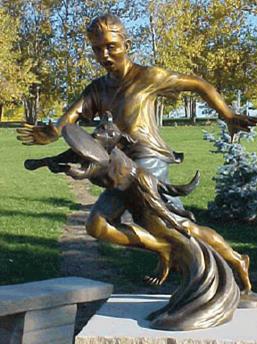
NSG Public Art Placement #167 The sculpture is dedicated to Jeff Graham. Jeff Graham was born in Great Bend, Kansas on October 22, 1960. He grew up in Hudson, Colorado. Jeff graduated from Weld Central High School and earned his business degree from the University of Northern Colorado. After college, he went to work for Brown and Williamson Tobacco Company in California. In the 1990’s, he returned to Colorado and to the mountains that he loved. Jeff died in a car accident on May 29, 2001 in Montrose, Colorado. Jeff was a loving son, brother, uncle and friend. He was fun loving, sweet and had a generous spirit. His death left a huge void in the lives of all that knew and loved him. We know that he would love this beautiful piece of art dedicated to his memory. This sculpture was selected by Nancy and Diana Graham not only because of its appropriate subject matter to the park but also because Jeff Graham loved dogs and the outdoors. The sculpture provides a focal point for the square. It adds a pulse to the square that draws people in towards the center. Without the sculpture, the courtyard would feel empty and without meaning. All of this was created because two very caring and loving people wished to convey their love of their son and brother by sharing it with others. This act of kindness celebrates that which is best about the human spirit and our bonds with each other. The creation of this small open room in this massive park has made it hallowed ground. It is an ongoing reminder of how important we are to each other, to our families, our neighborhoods, and our community. It is what makes Brighton a very special place.
As you approach the Desert Holocaust Memorial, you see a circular row of trees. These trees represent life outside of the enclosed fence of the concentration camps. At the entry to the memorial you will see a bronze plaque which gives a chronology of the systematic deprivation by law of the civil rights, jobs, property and life of “non-Aryans” by the Nazi party. Inside the history pedestal is buried an urn containing the verified names of 12,000 Righteous Gentiles who hid or assisted those condemned by Nazi regime during the years of the Holocaust. At the heart of the memorial are seven larger than life bronze figures representing the people and different aspects of the Holocaust. The standing man is intended to be defiant and accusing. He in part represents the resistance of the Jews and others that fought the Nazi tyranny. (Note the left forearm on this man bears the number tattooed on a local Holocaust survivor.) The other figures are of a mother with two children begging for mercy, a boy from the ghetto, a rabbi praying, and finally the figure behind the group, a man alone, silent, dying. His death represents bigotry, ignorance, and hatred taken to its inevitable end. The faces and representations at the memorial were taken from actual photographic and news footage researched by the artist's team at the United States Holocaust Museum in Washington D.C. The seven bronze figures are mounted on a double-tiered Star of David 20 feet across. The block granite is etched with a map of Europe indicating the location of the many concentration camps as well as the number of persons who perished. The cobblestone and light standards are replicas of those at Auschwitz. Placed between the light posts are eleven bas reliefs telling the story of the Holocaust. A plaque located adjacent to each details the specific scene represented. This memorial includes extensive provisions for educating people of all ages, races, and religions about the period of the Holocaust. It is a lesson about denial of basic civil rights. The monument memorializes lost parents, children, loved ones, and millions of innocent people. It is a place of respect, of respite, of mourning and of remembrance. It is also a monument of hope — hope that we can overcome bigotry and live among diversity in peace. -Desert Holocaust Committee.
|
JK Design/NSGJK Designs’ Principal, John Kinkade, founded the National Sculptors’ Guild in 1992 with a handful of sculptors who wished to find thoughtful public applications for their work. Representation has since grown to over 20 contracted sculptors and painters; plus an extended network of 200+ artists that our design team works with on a regular basis to meet each project's unique needs. click here for a list of our over 500 large-scale placements. Archives
July 2024
Categories
All
|
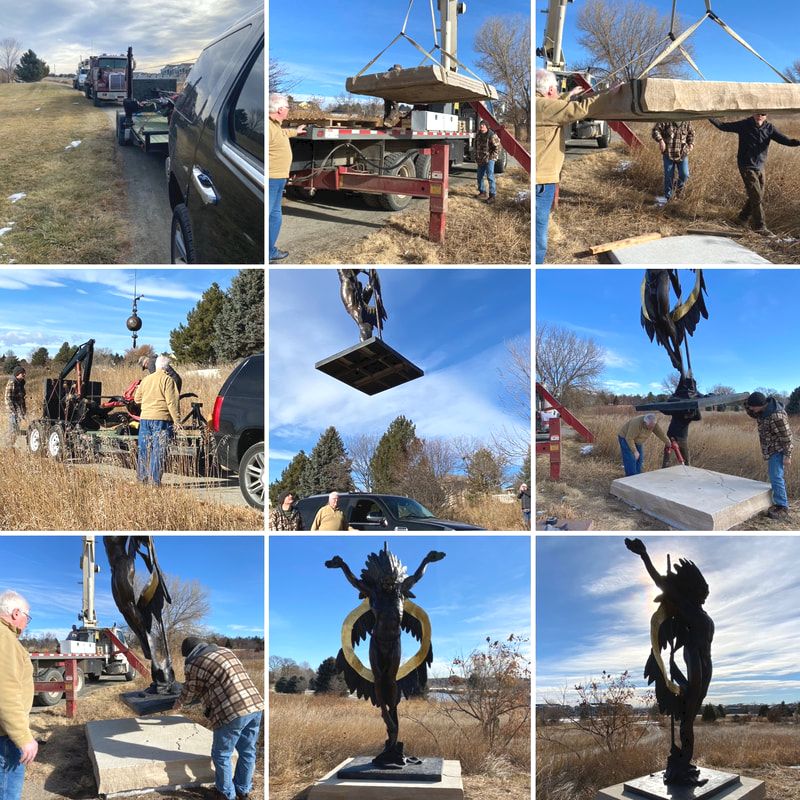
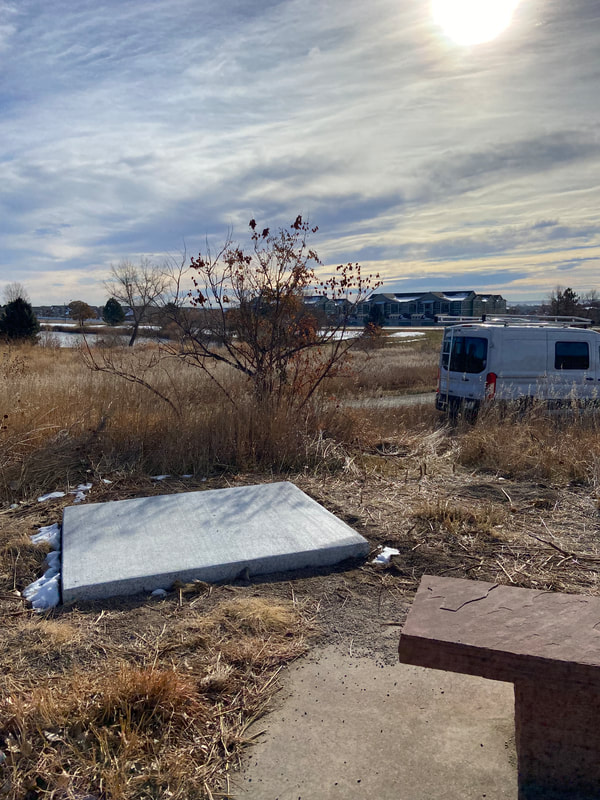
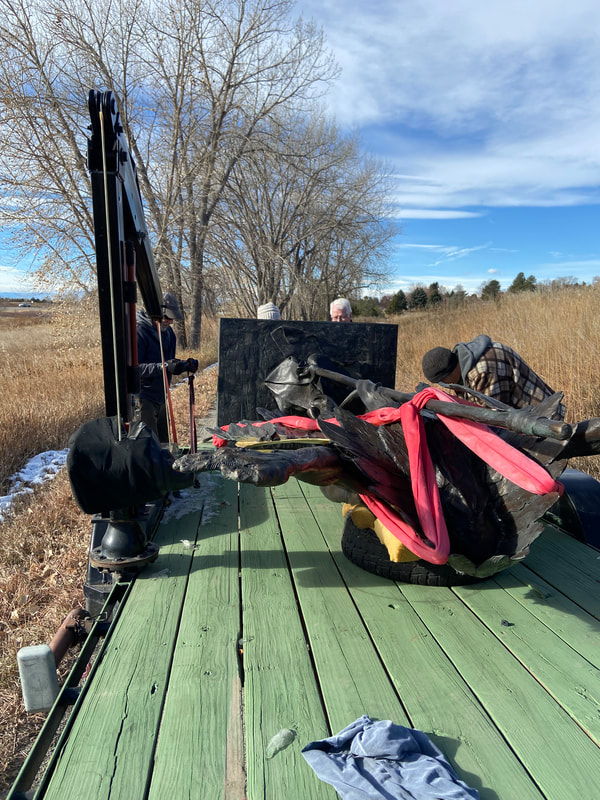
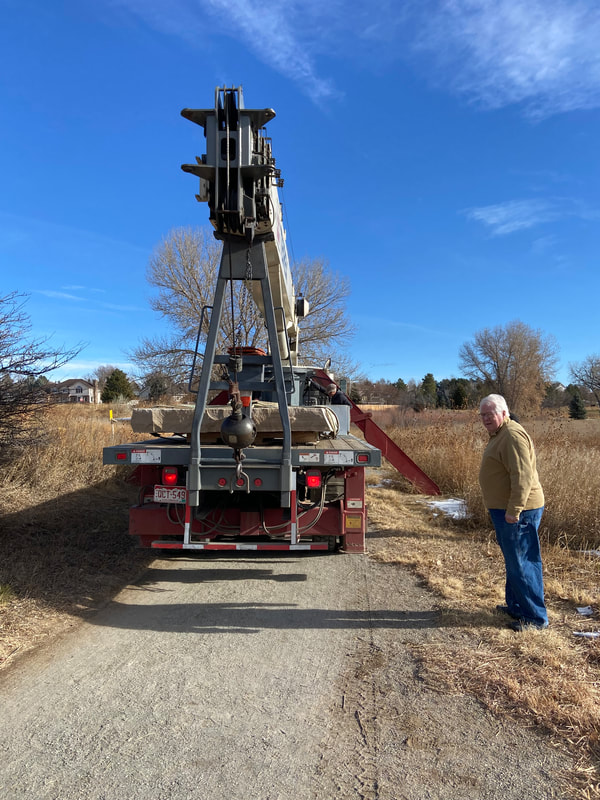
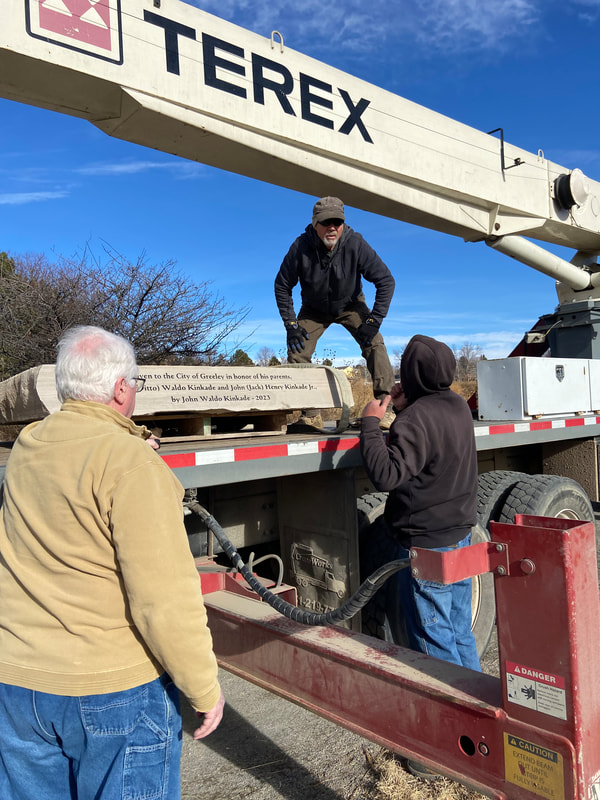
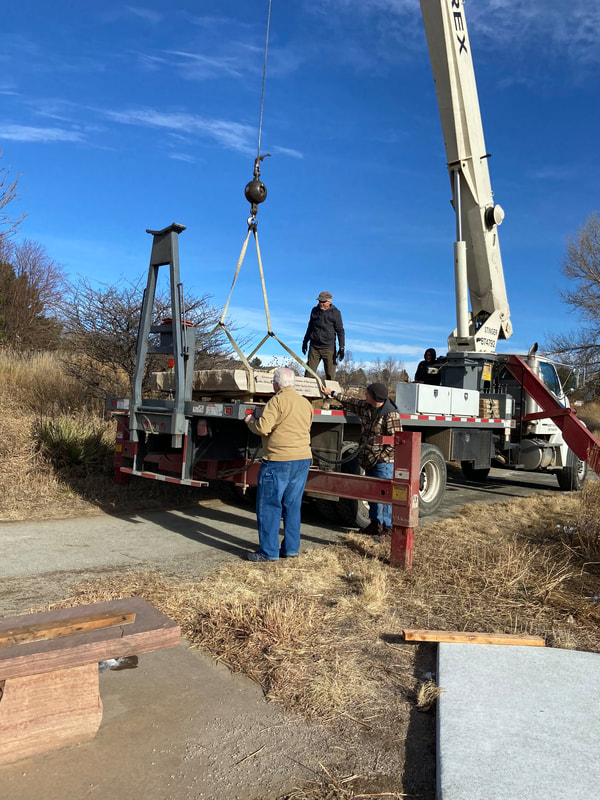
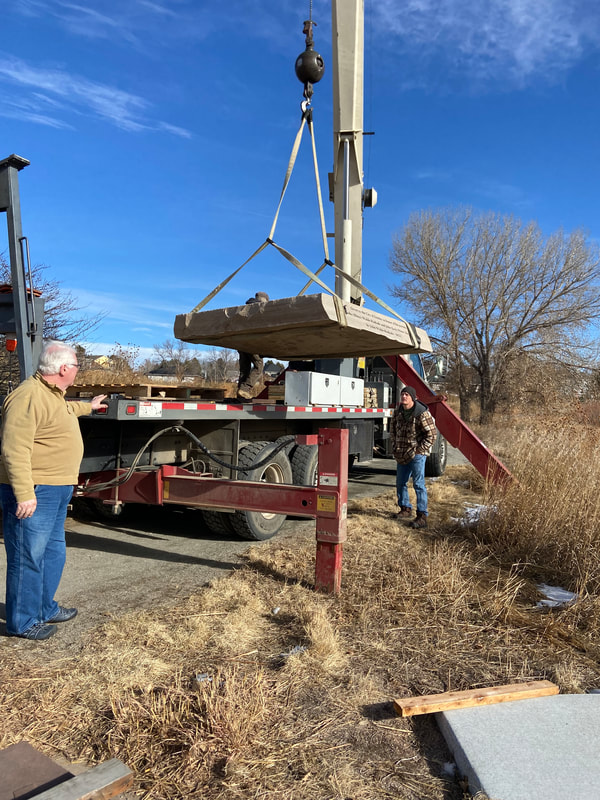
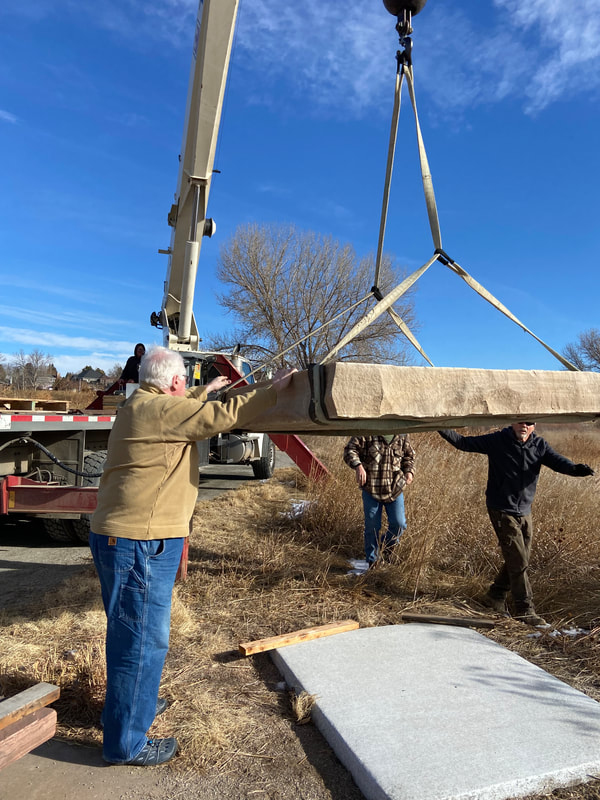
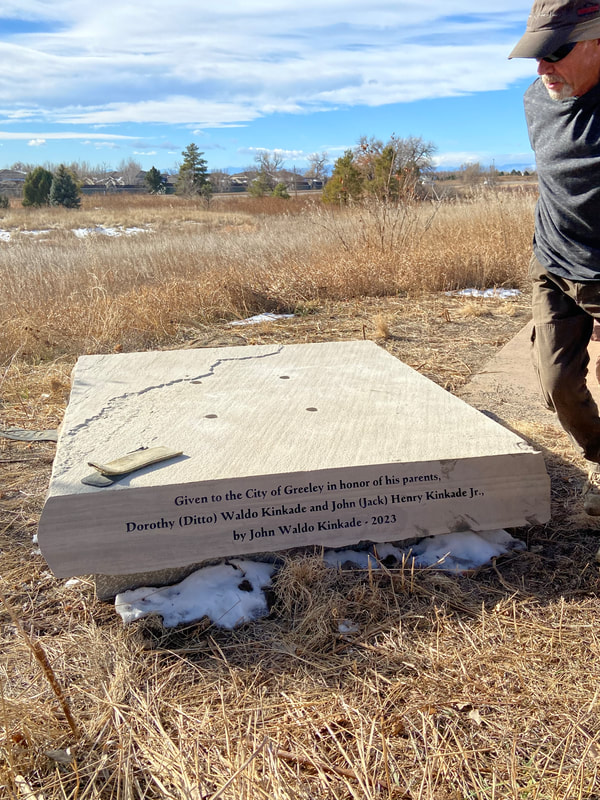

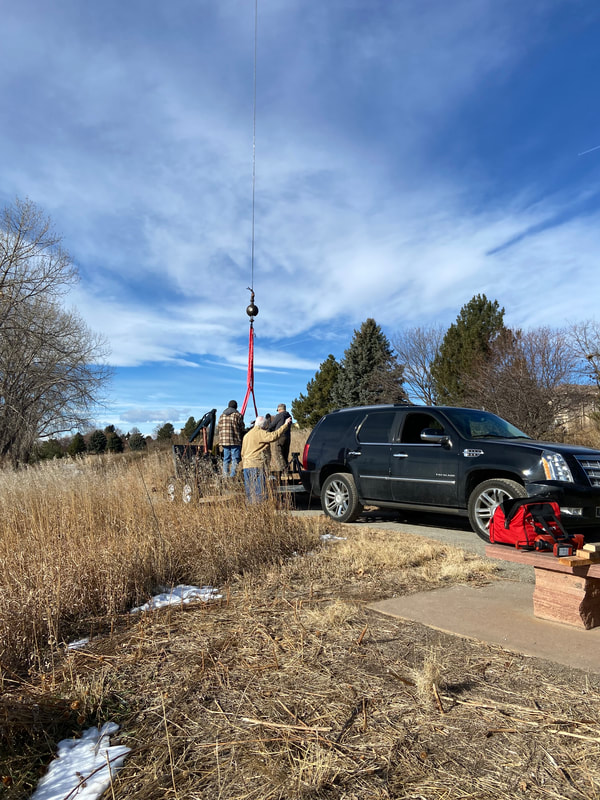
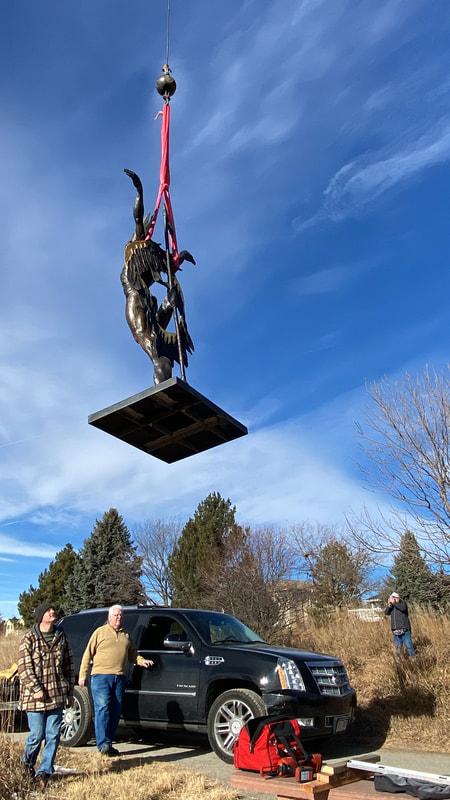
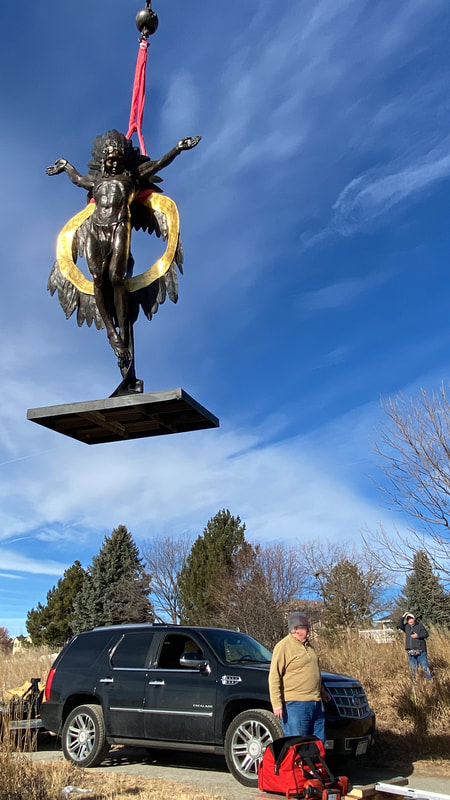

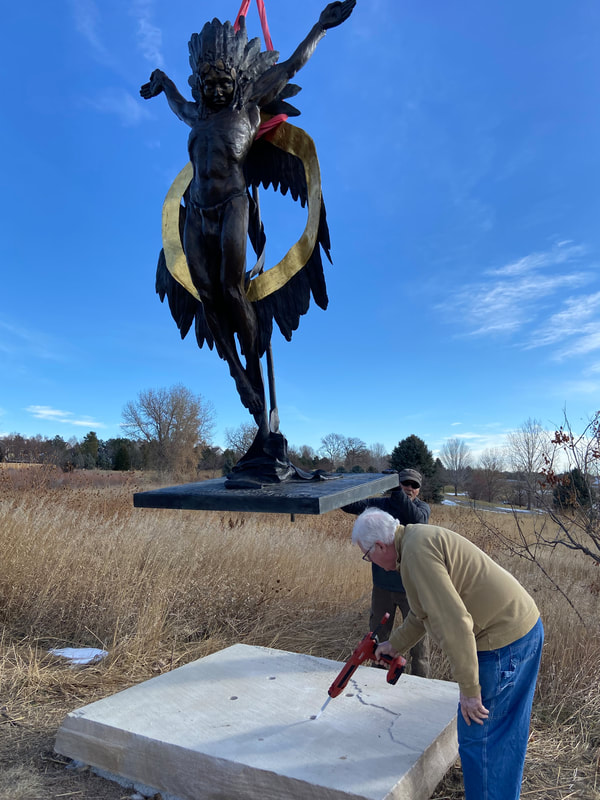
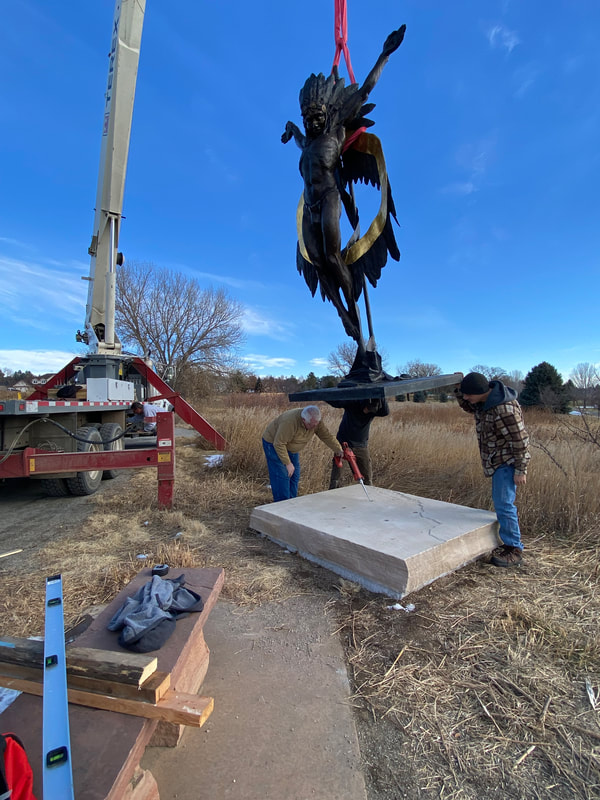
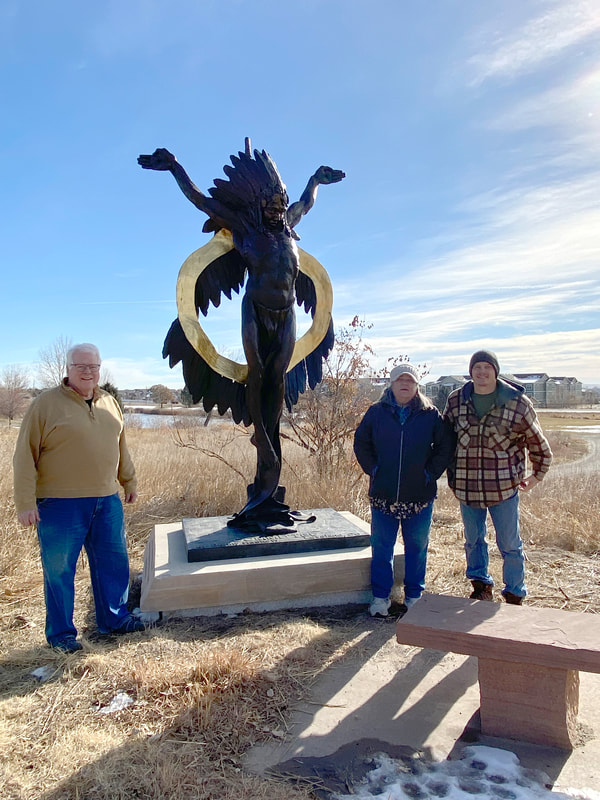
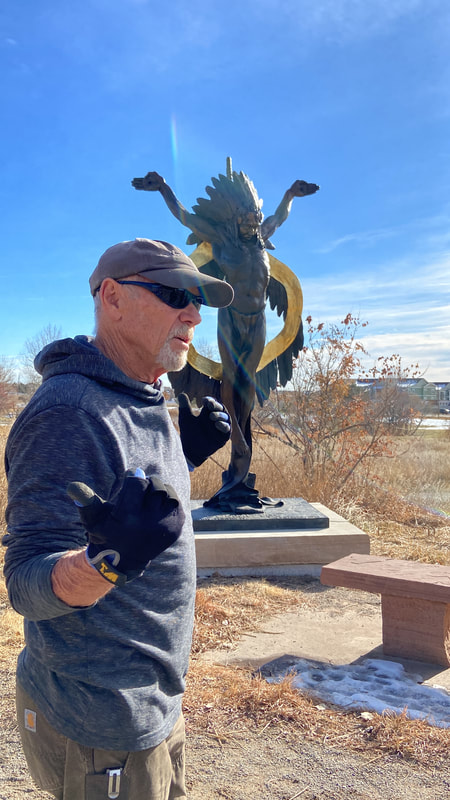
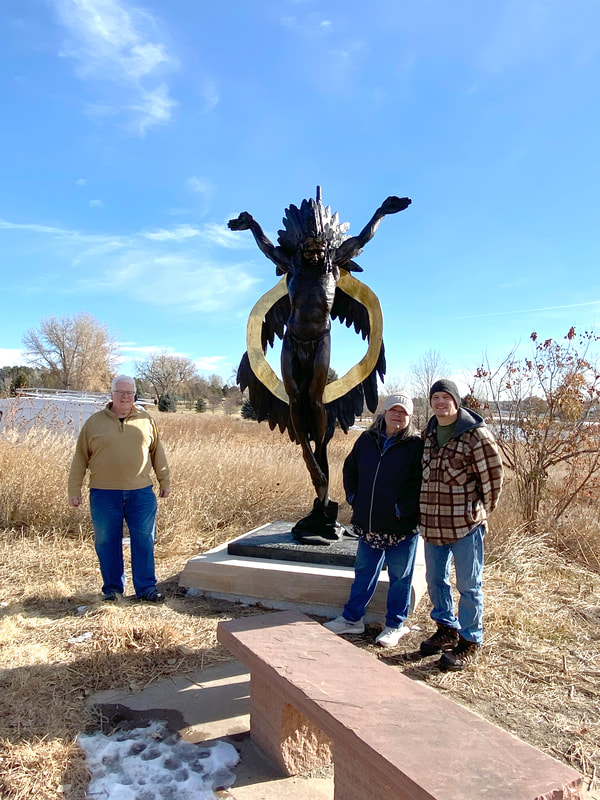
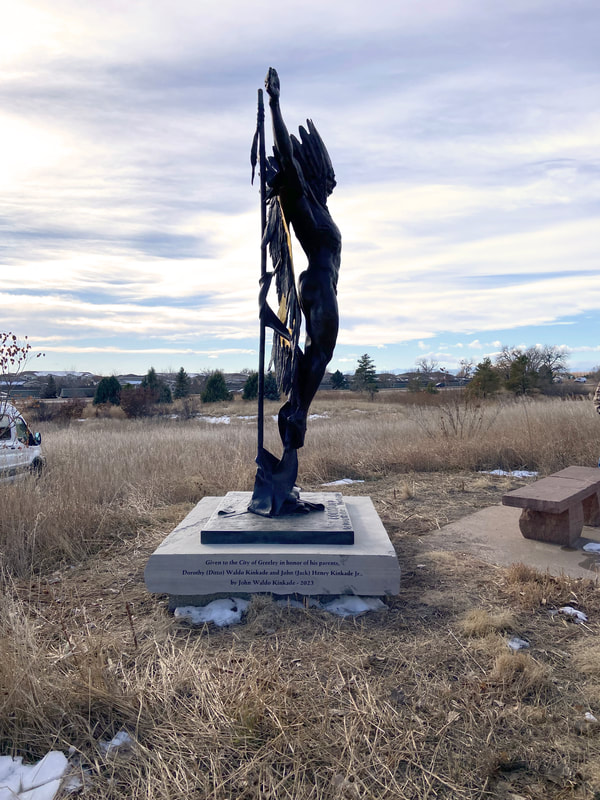
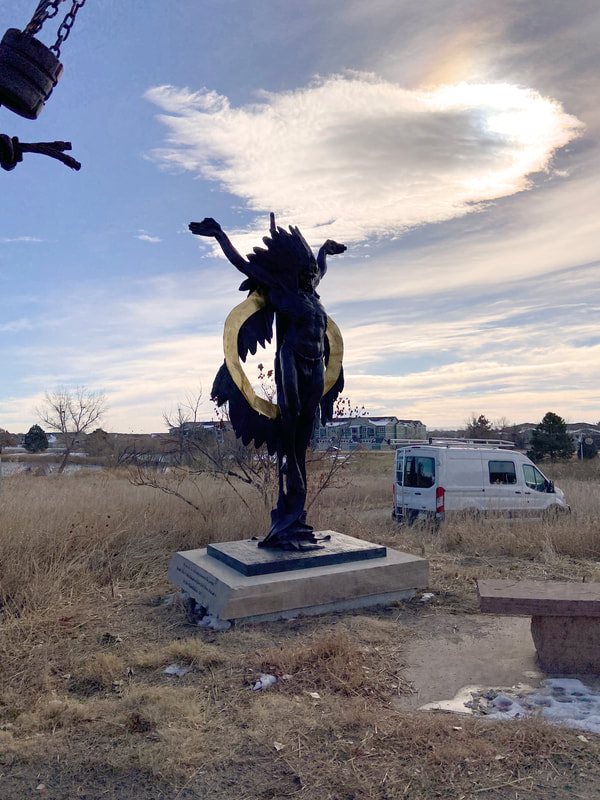
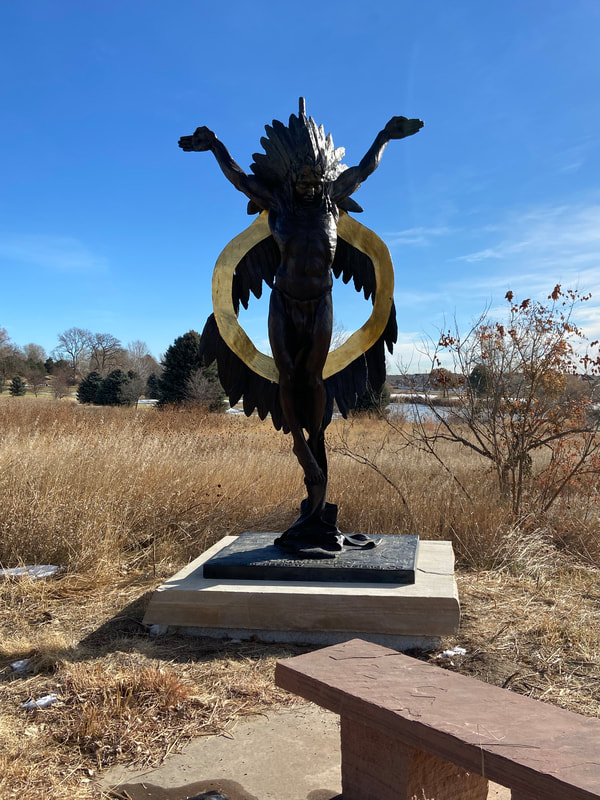
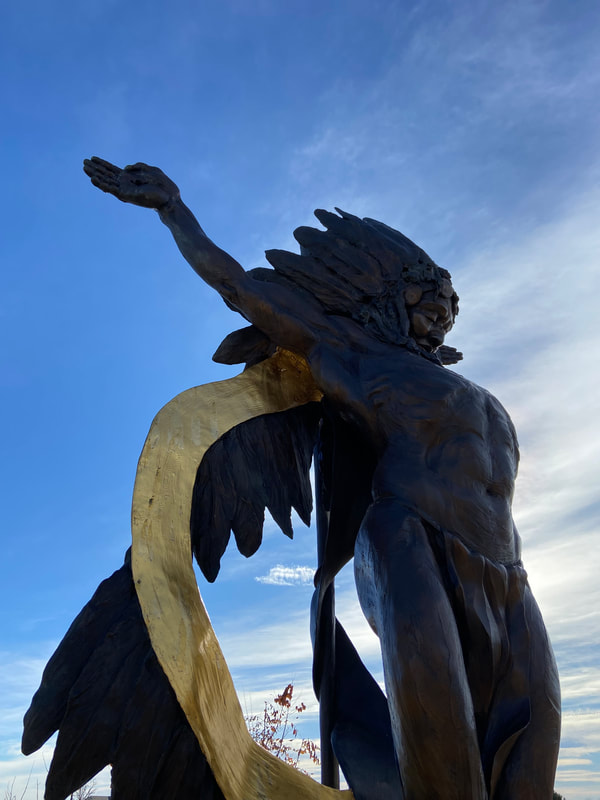
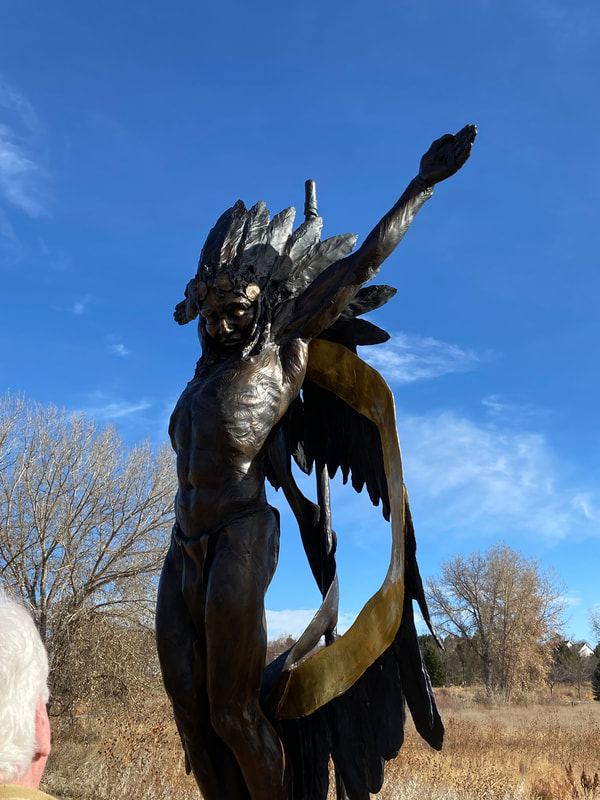
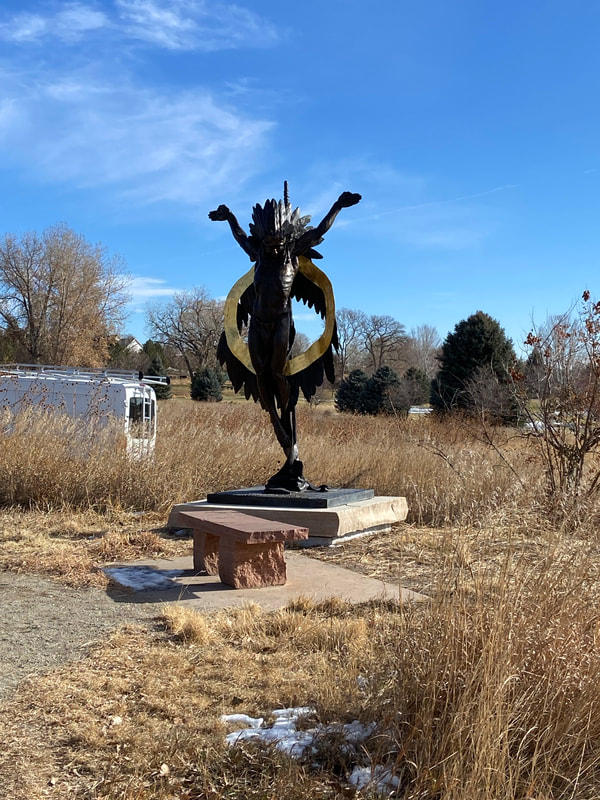
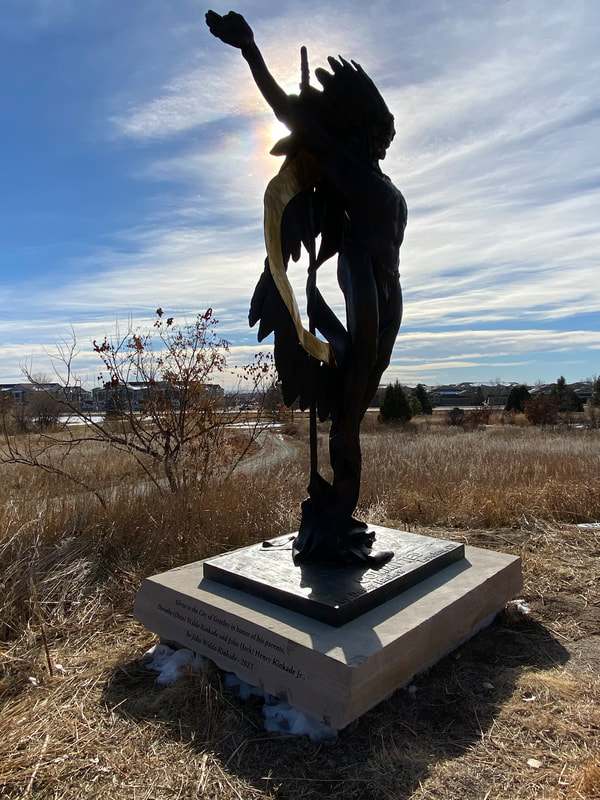
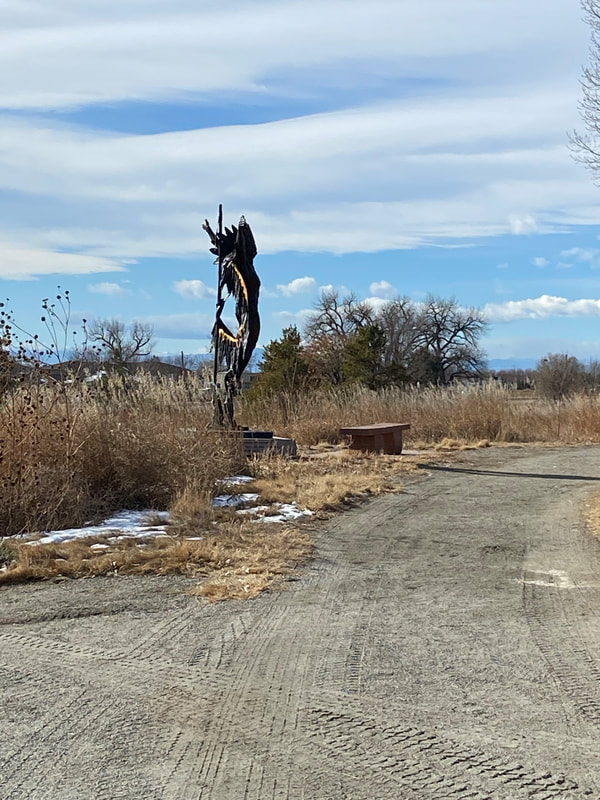
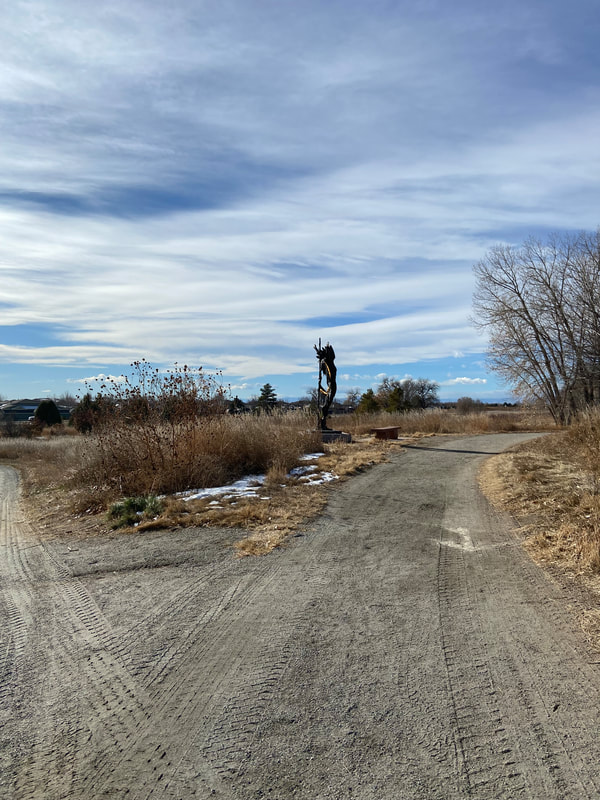

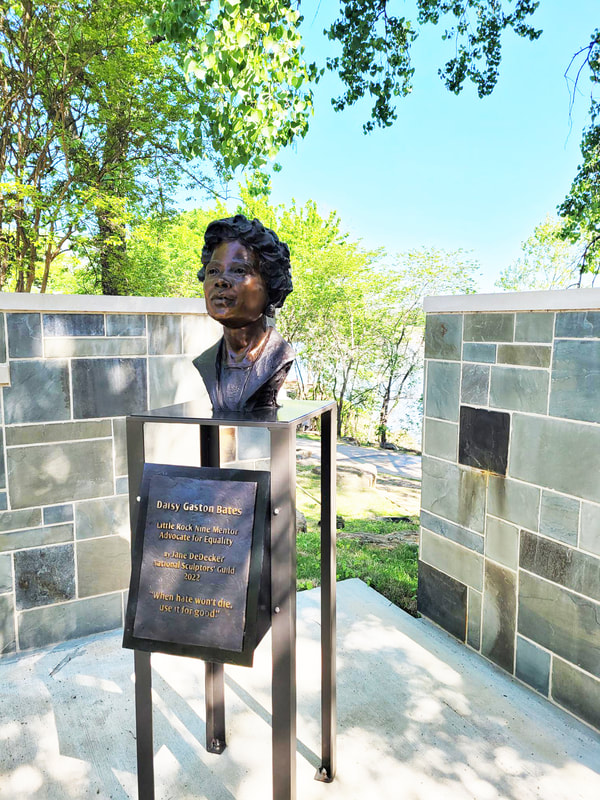

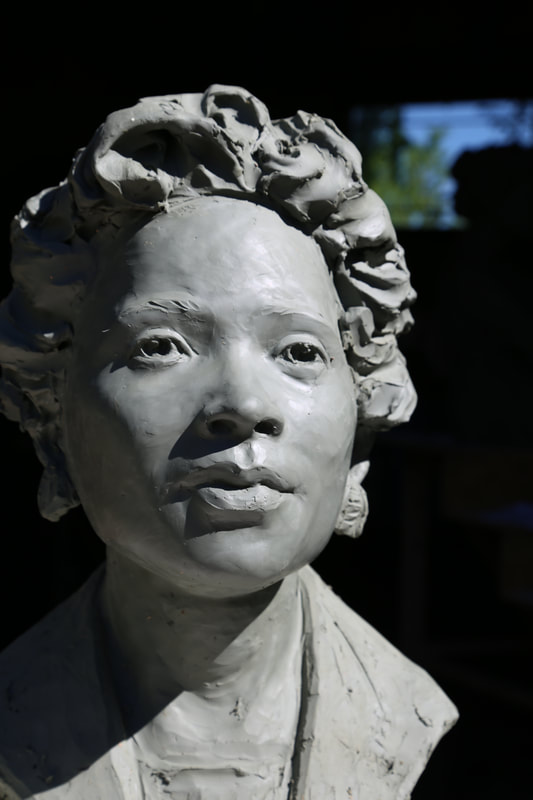
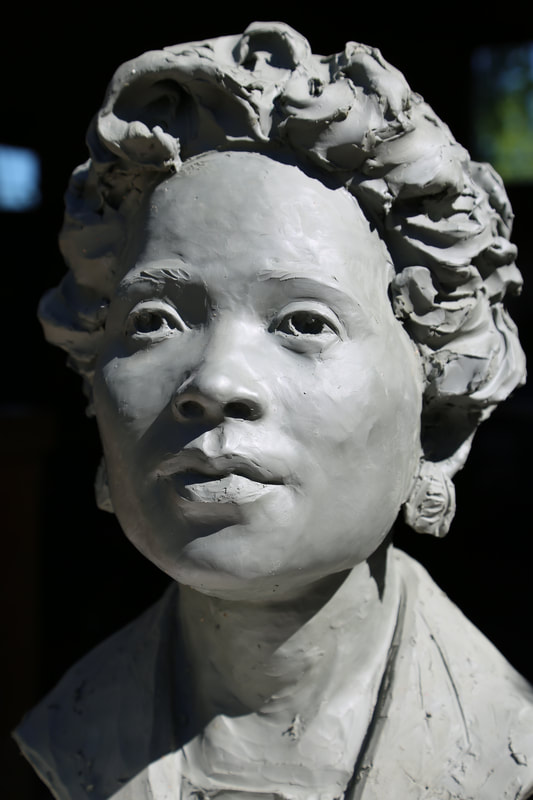
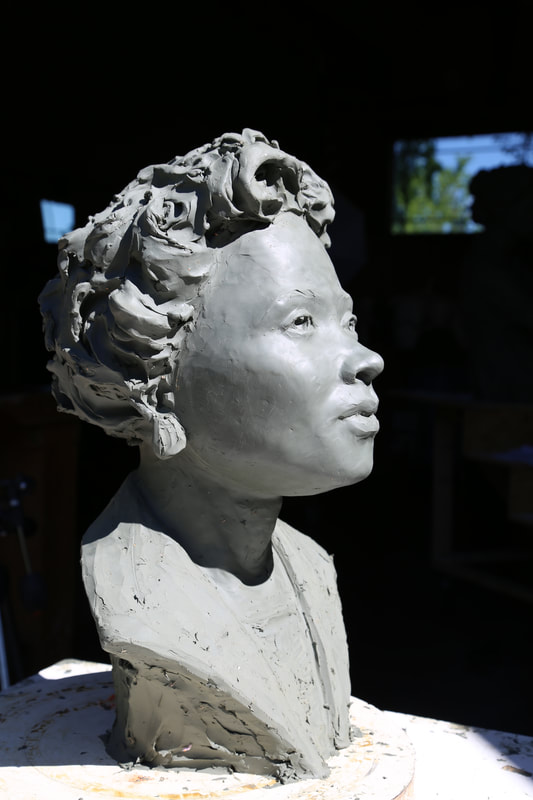
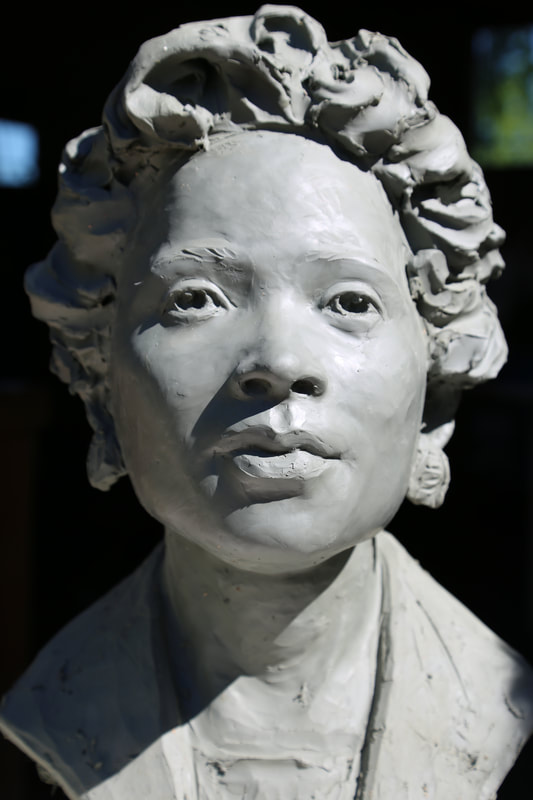
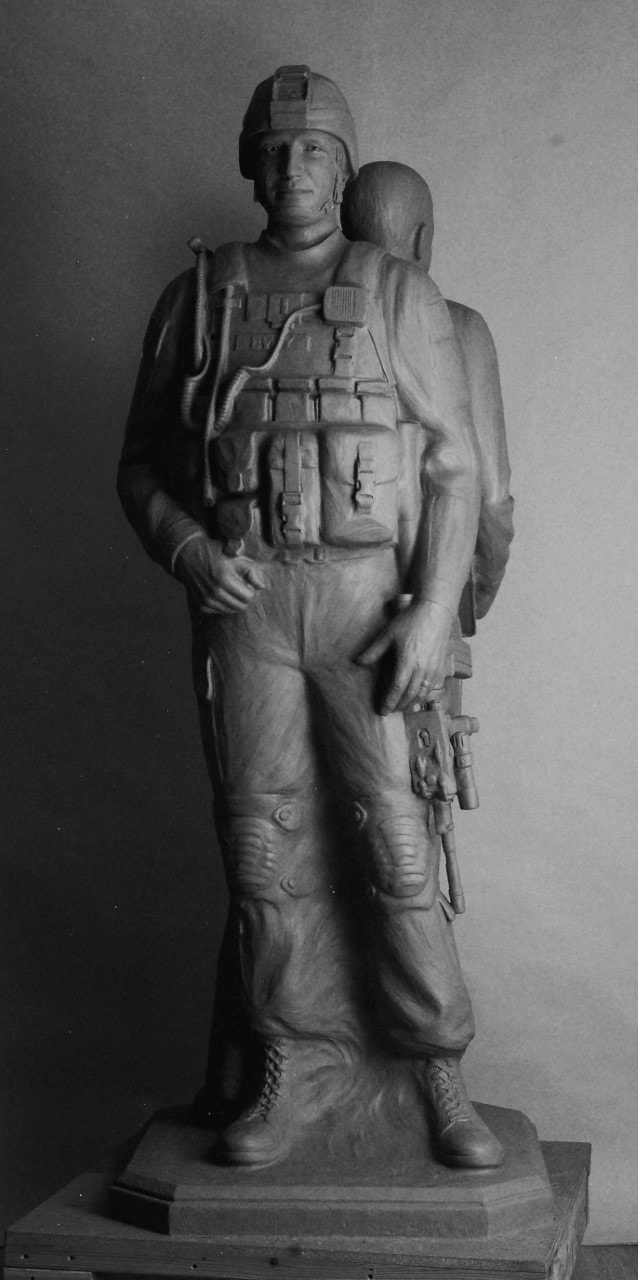

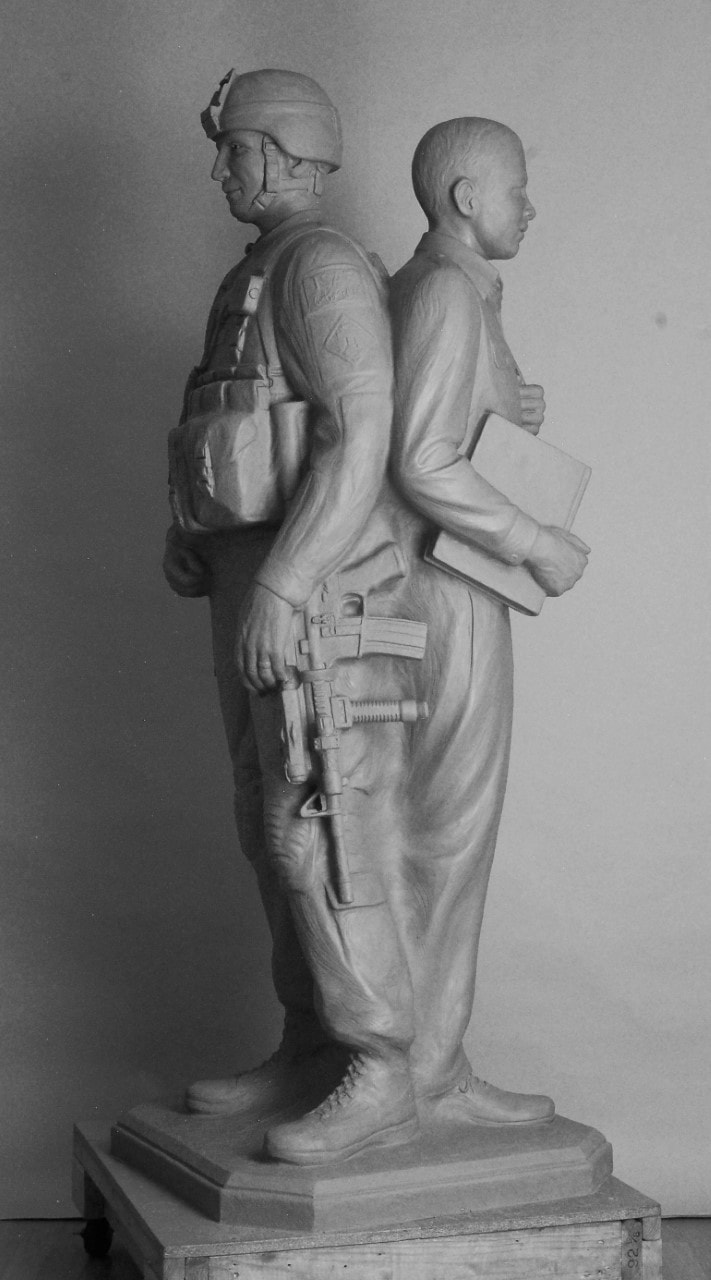
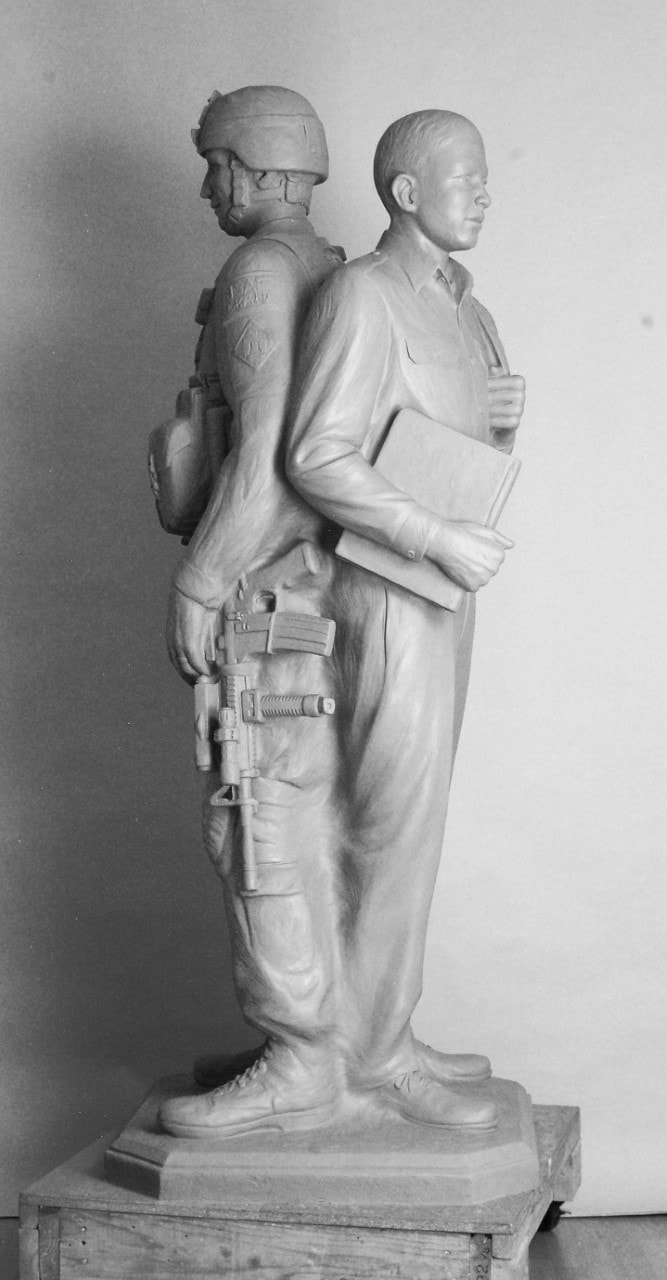


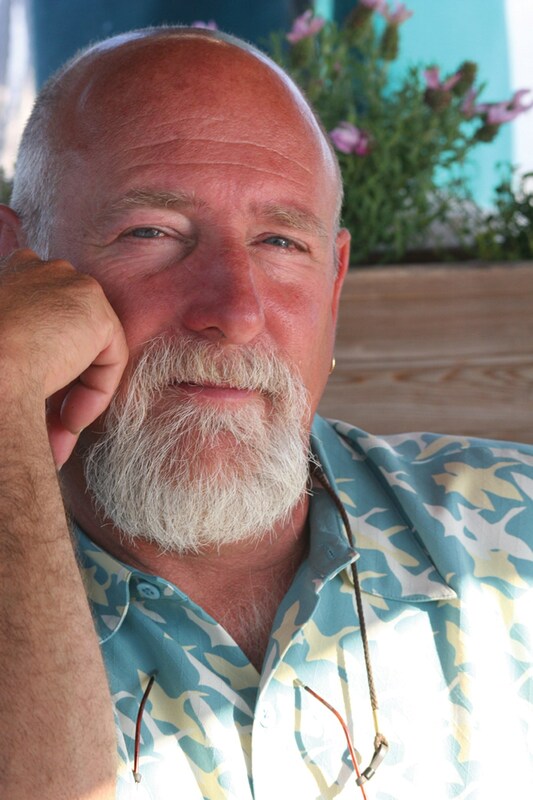

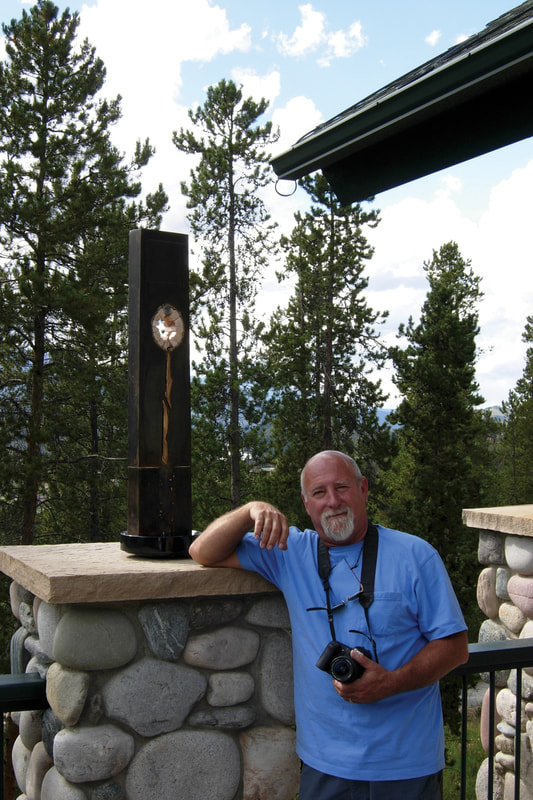
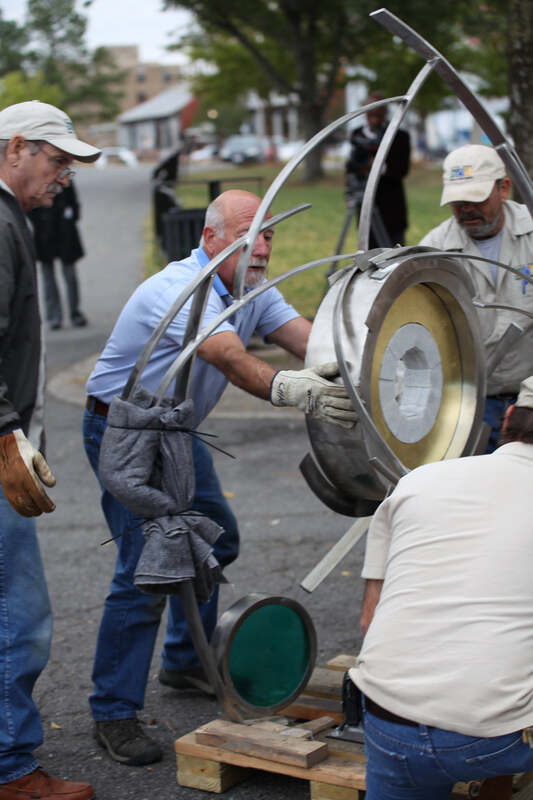

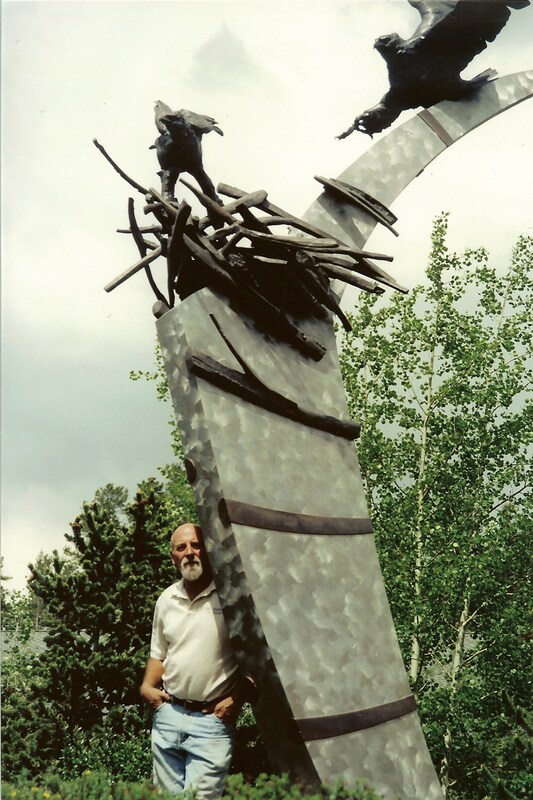



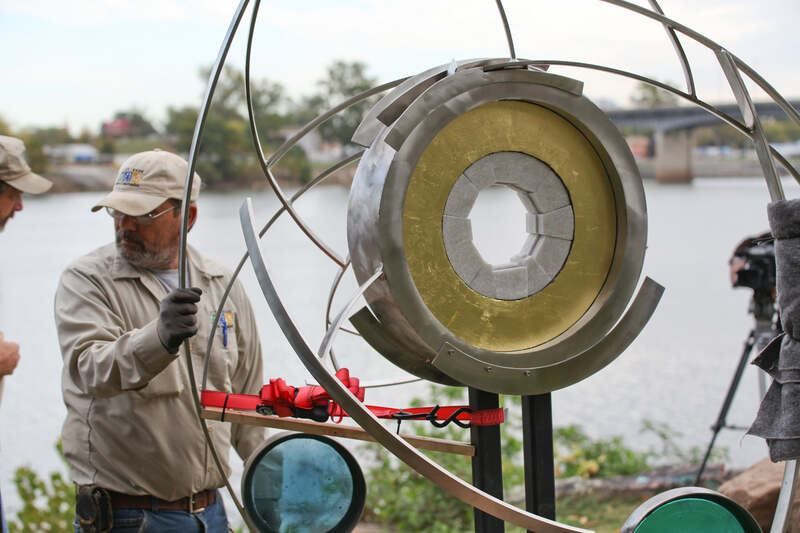
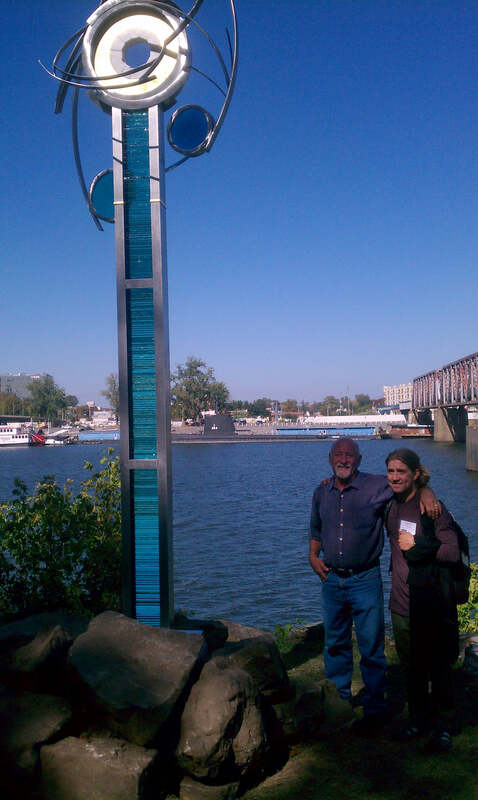









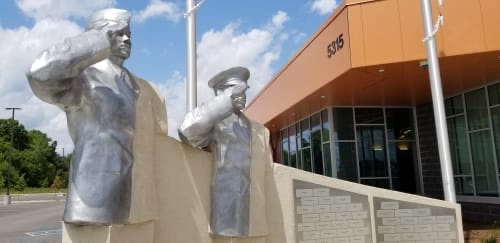
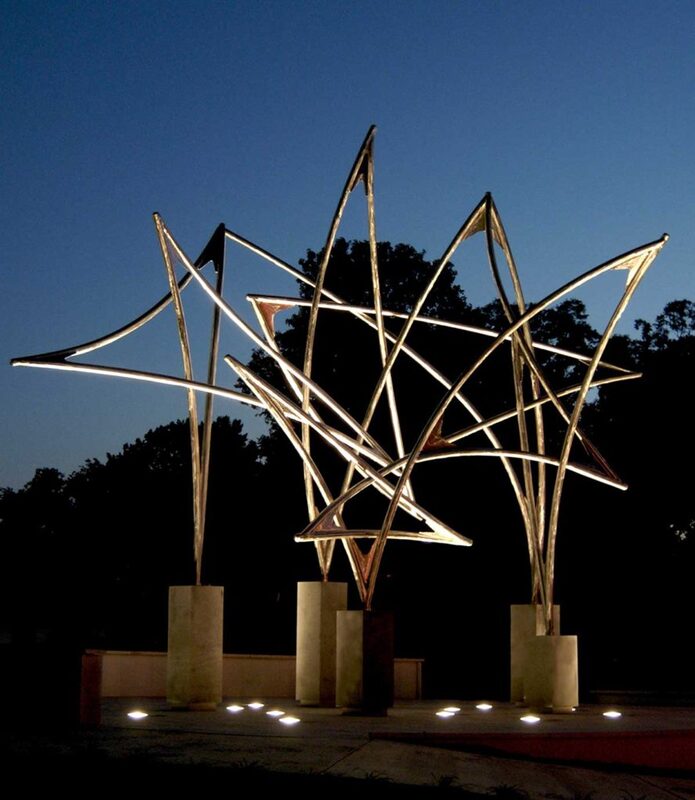
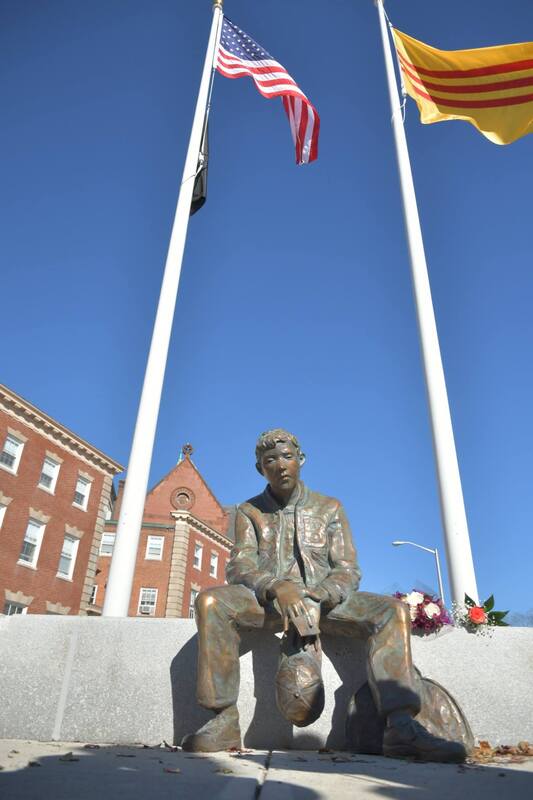
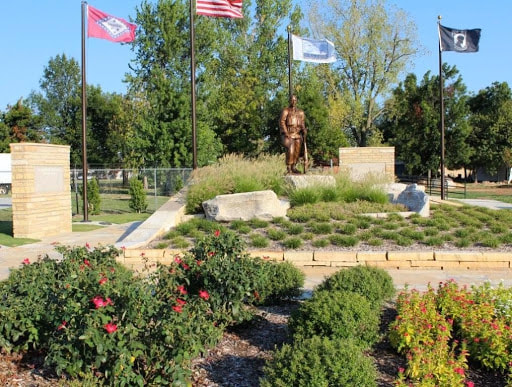
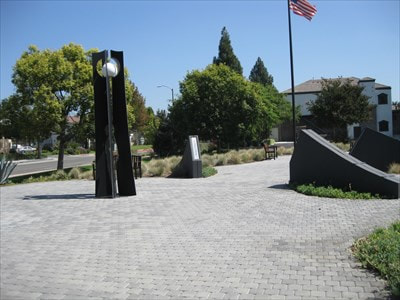
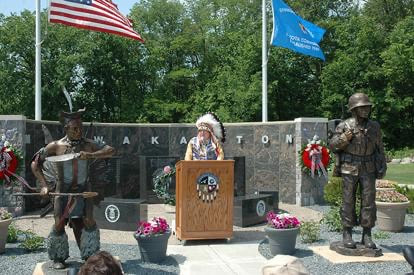
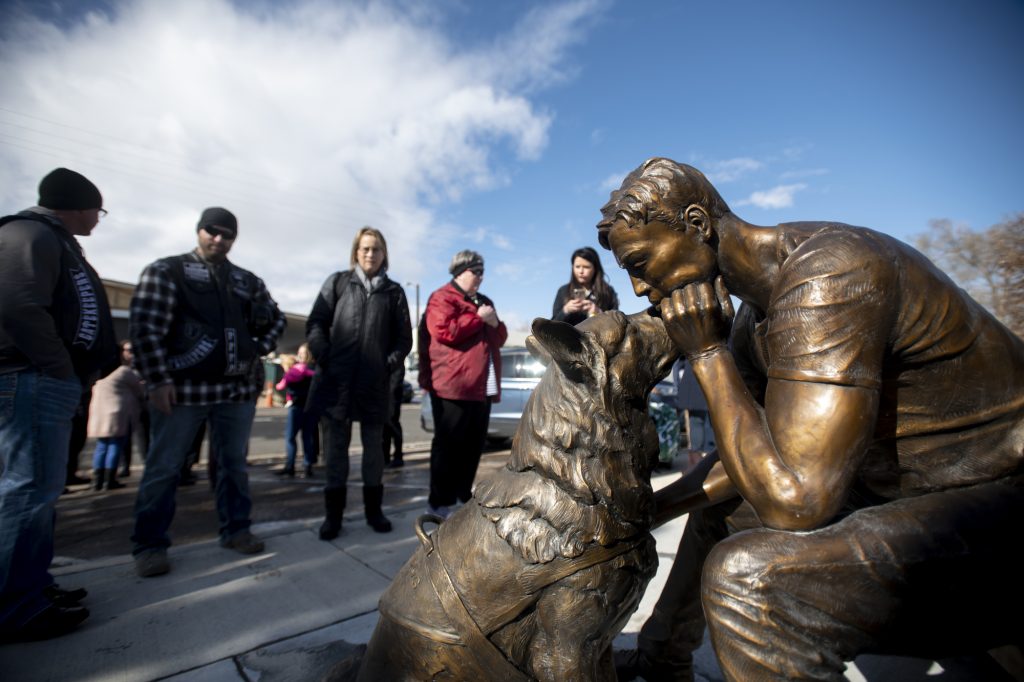
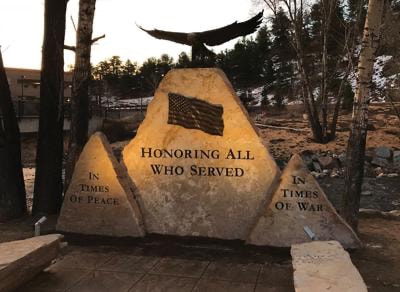
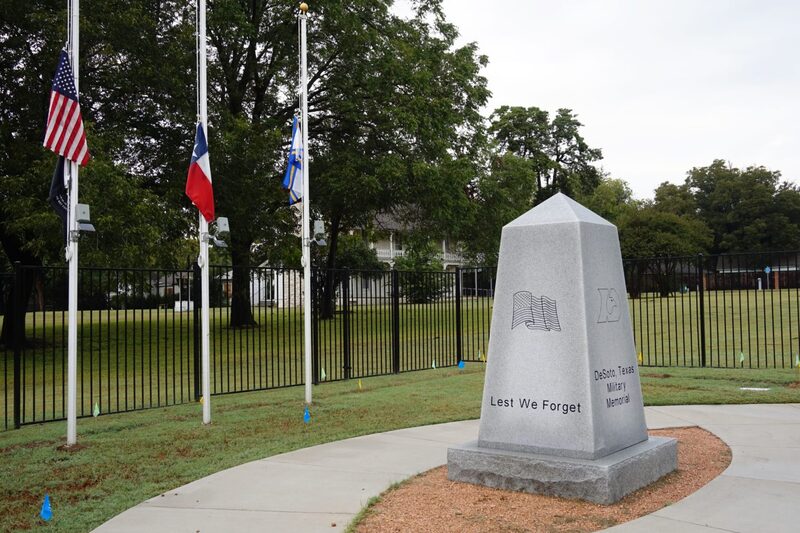
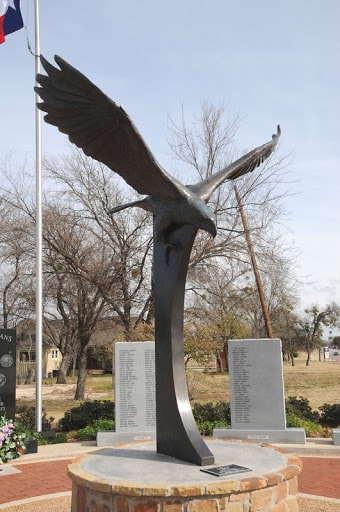
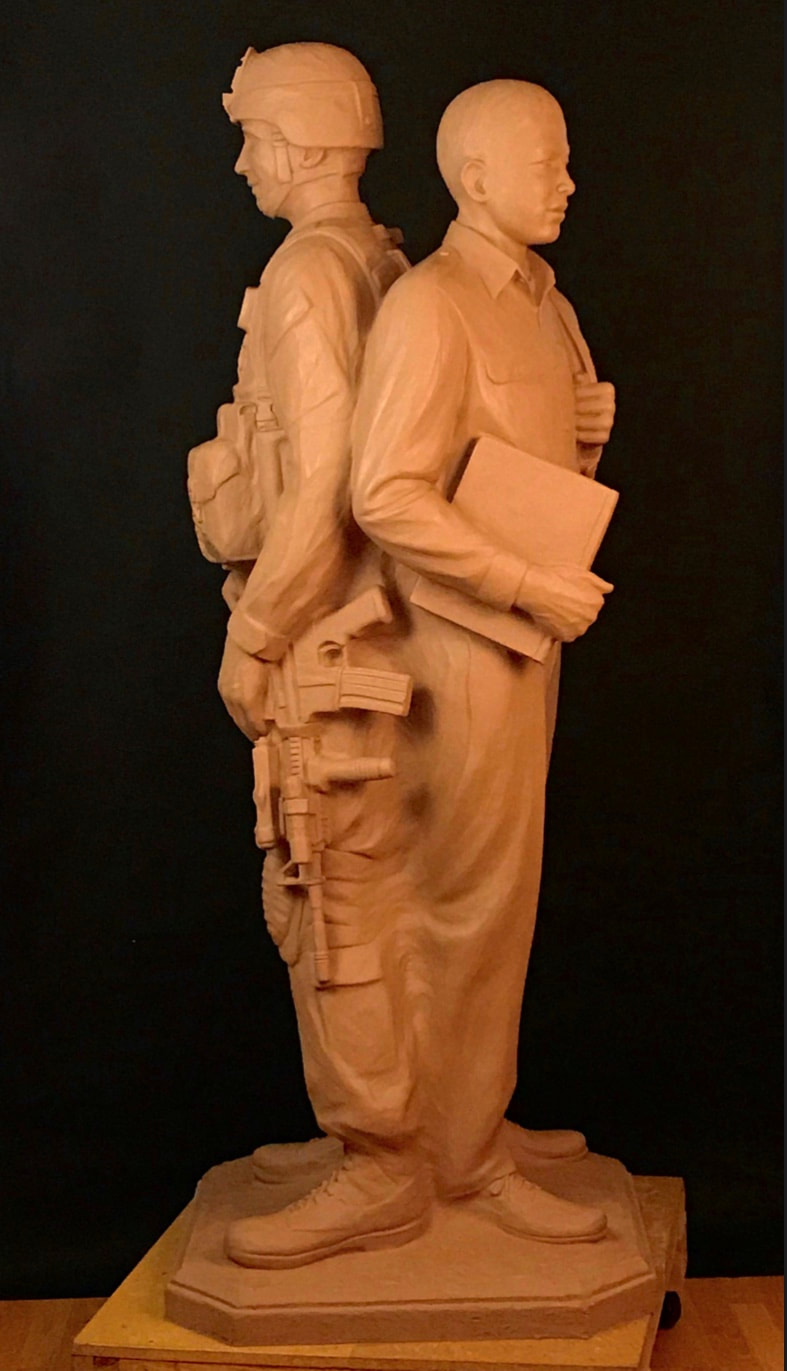
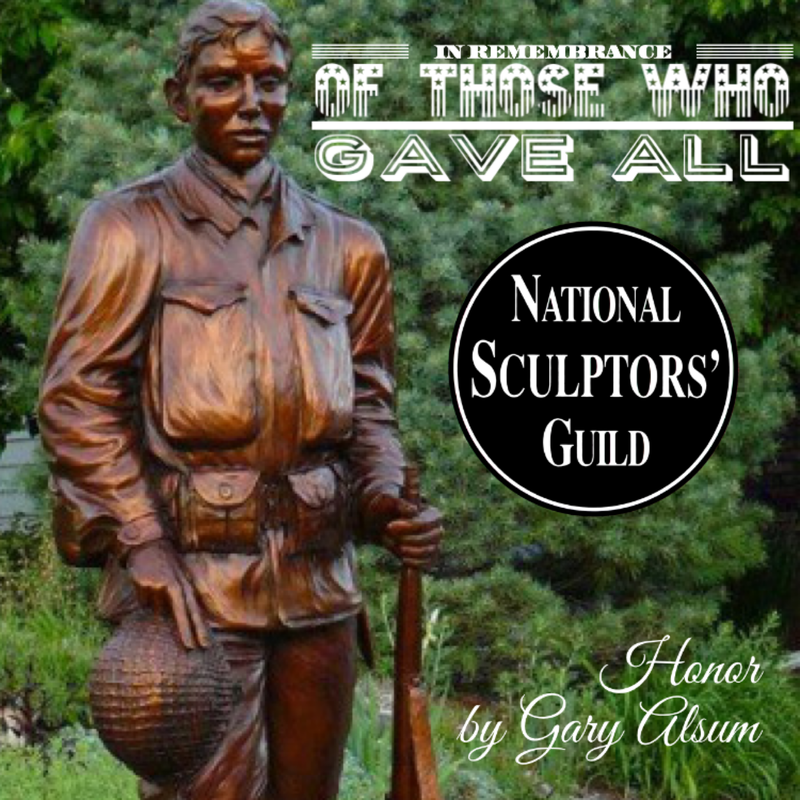

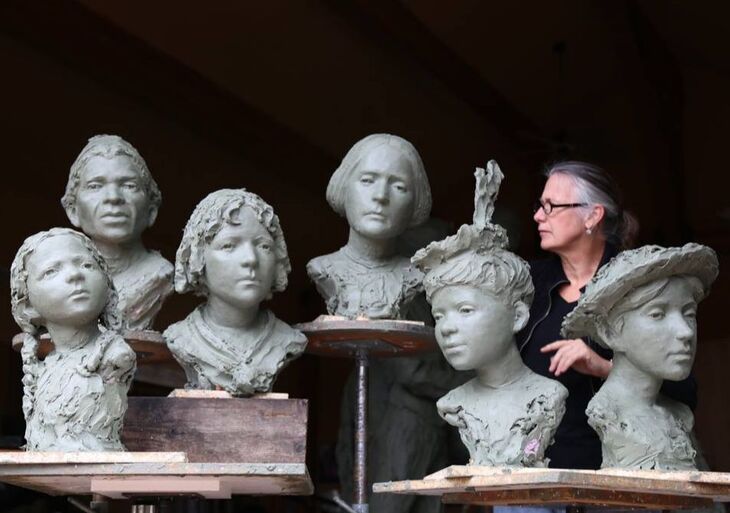

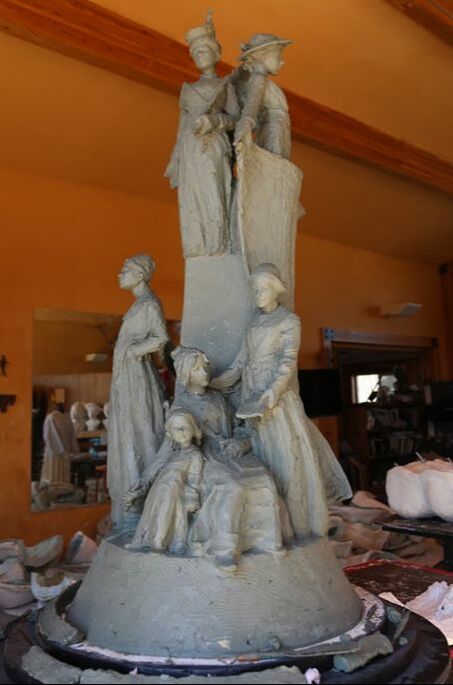
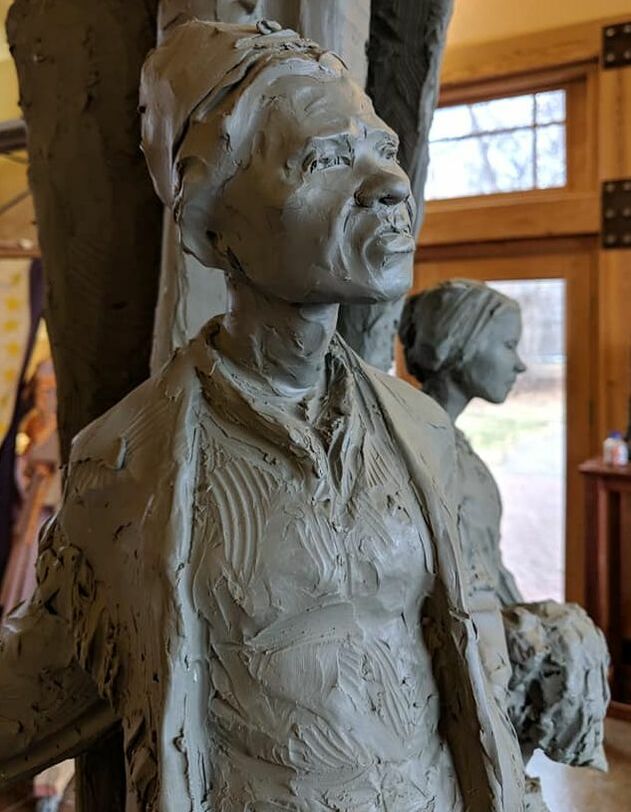
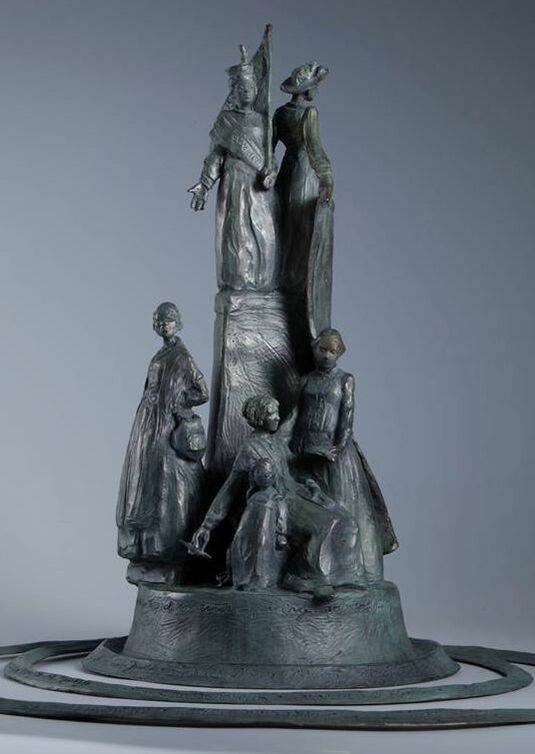
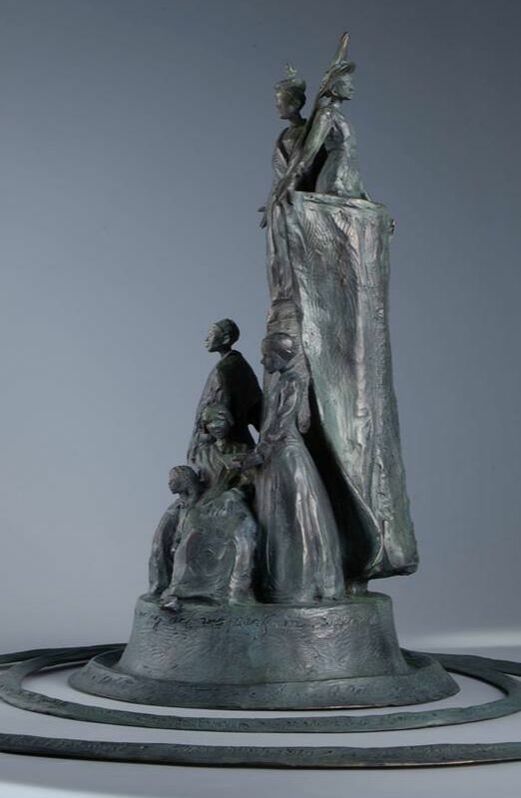
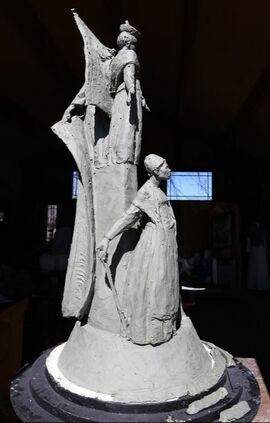
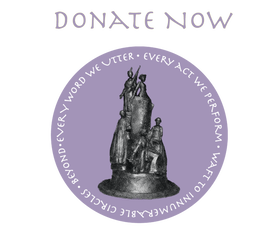
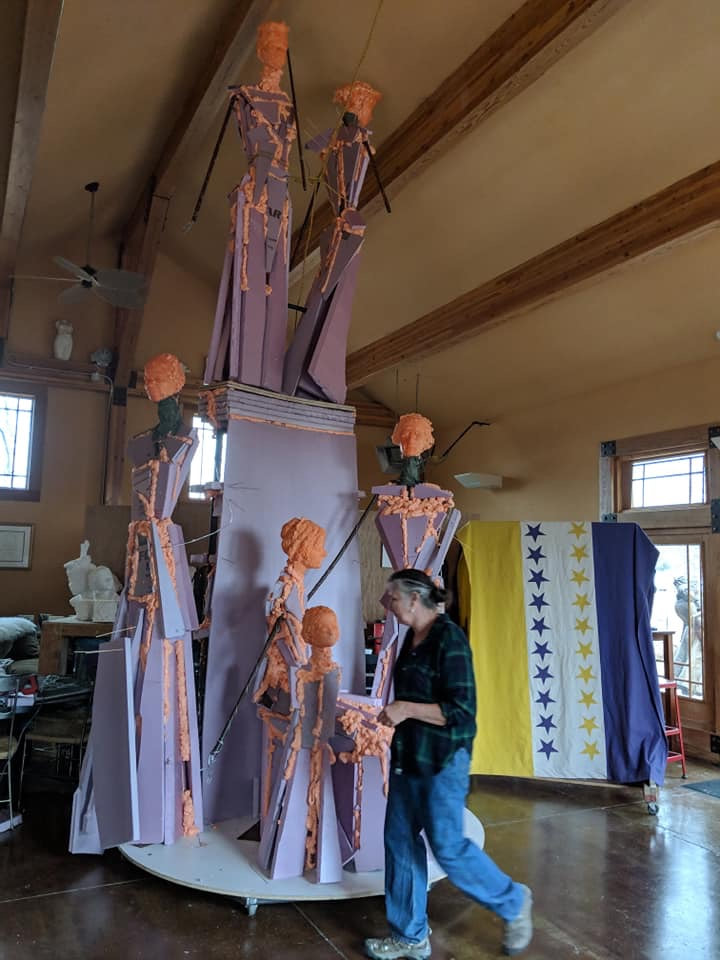
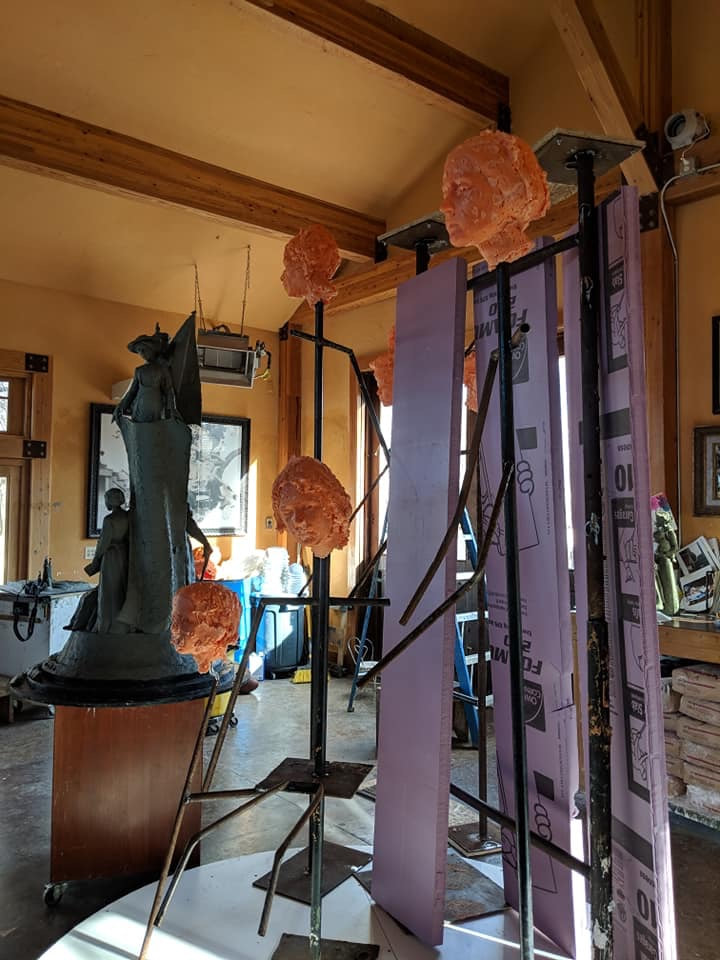
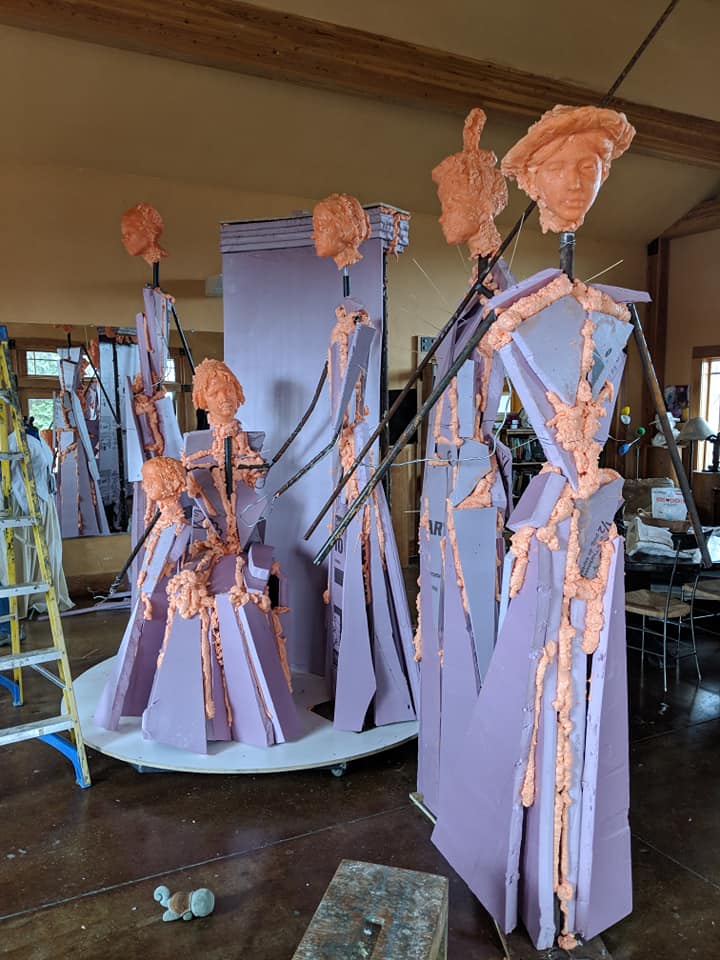
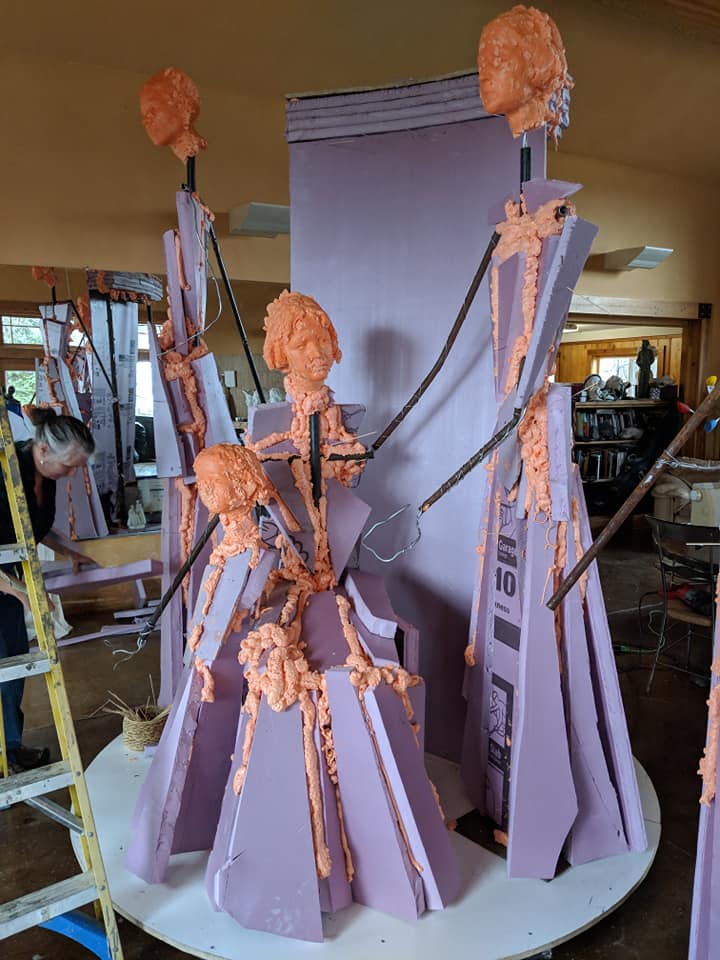
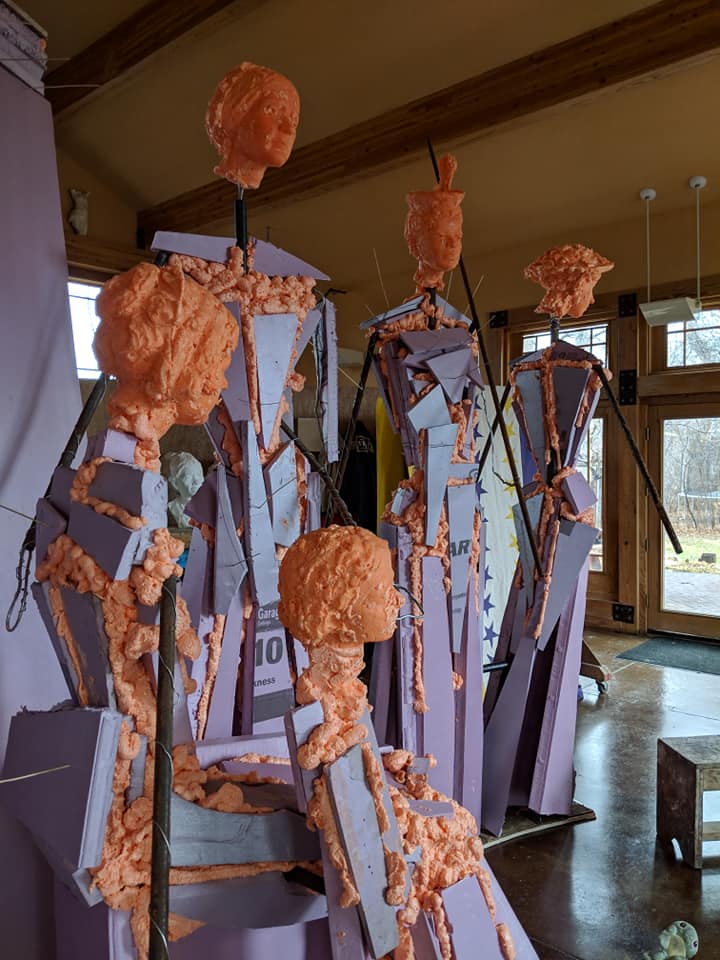
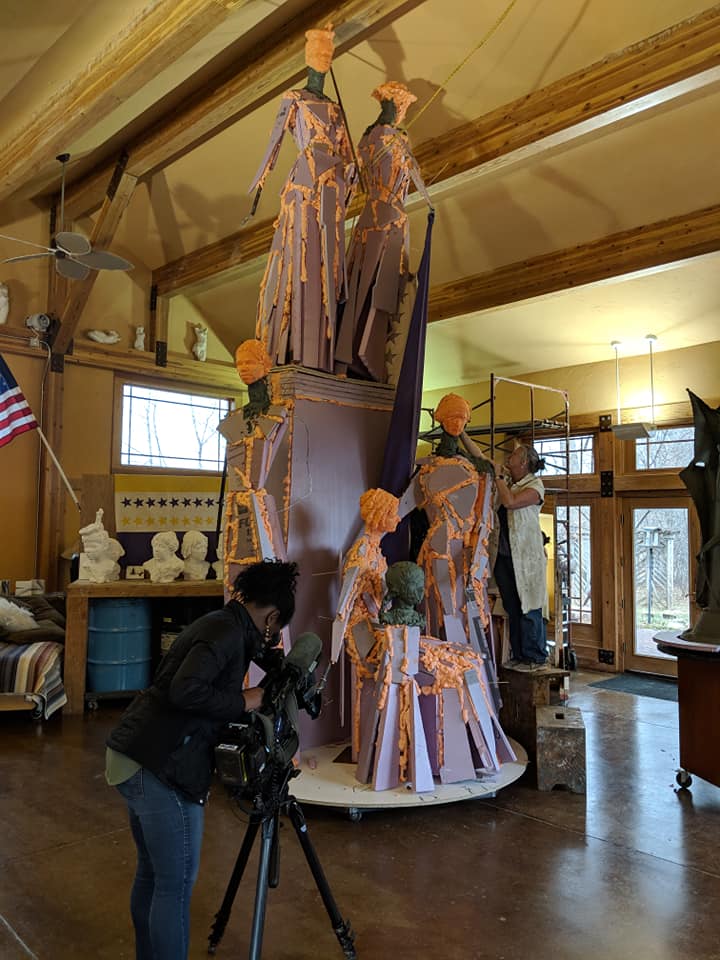
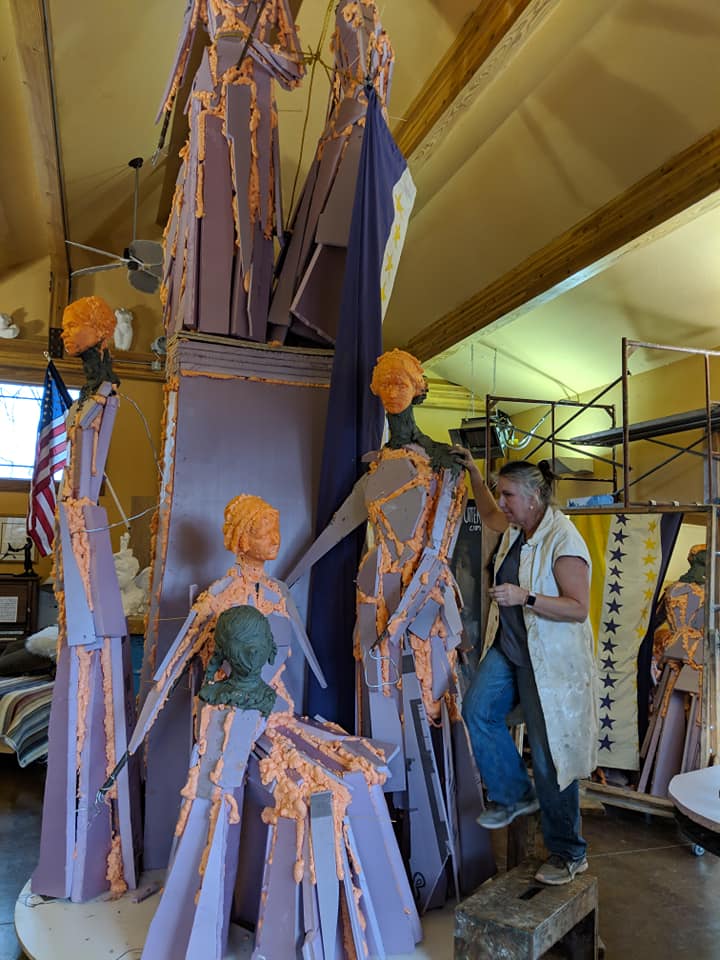
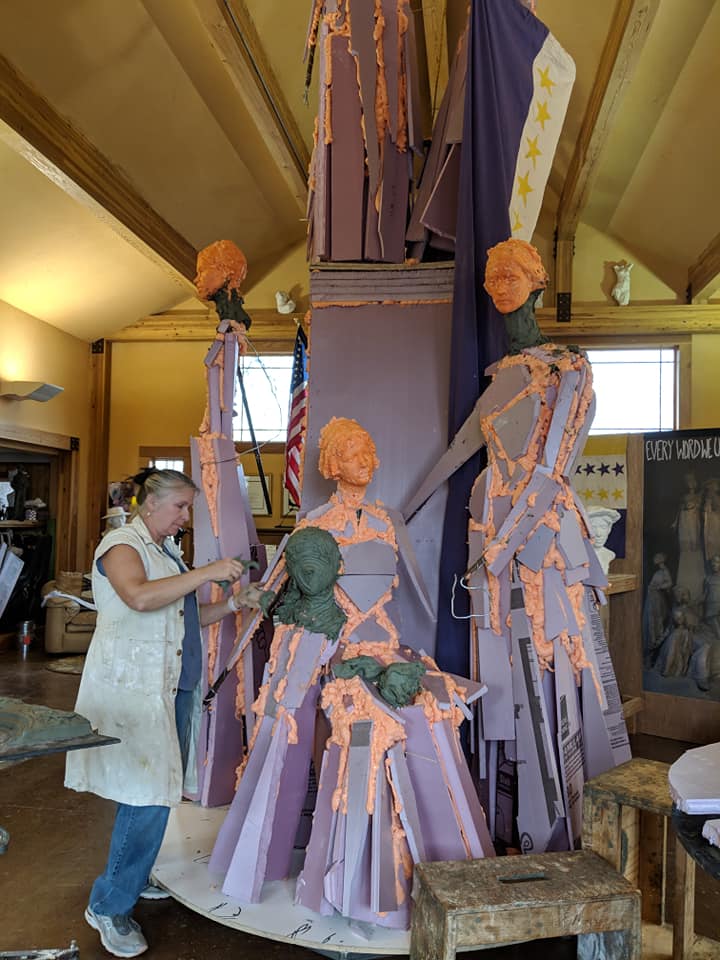

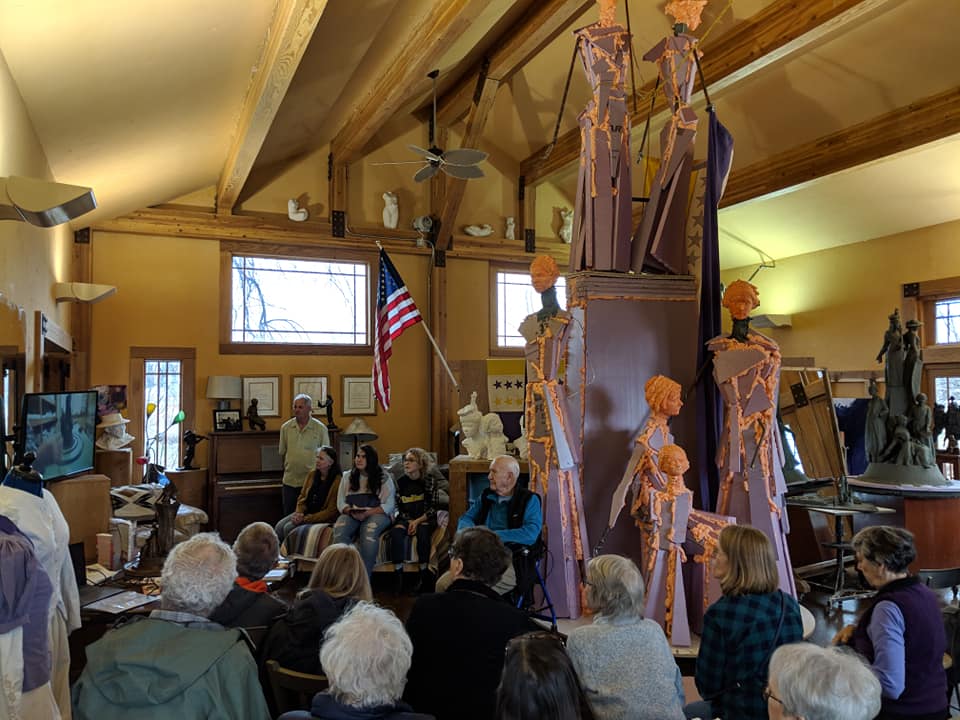
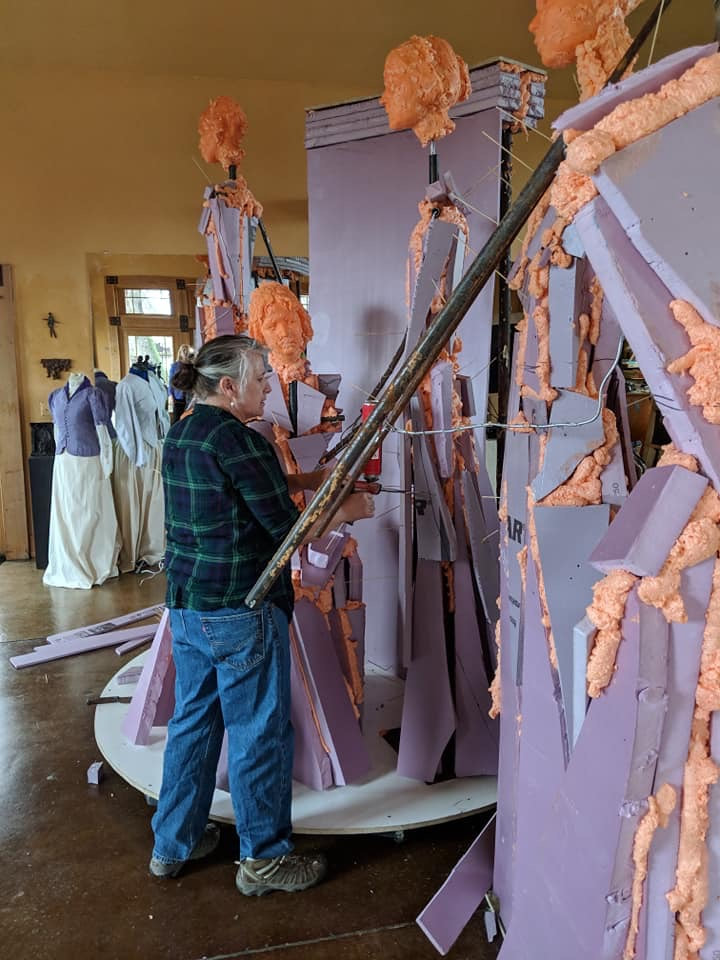
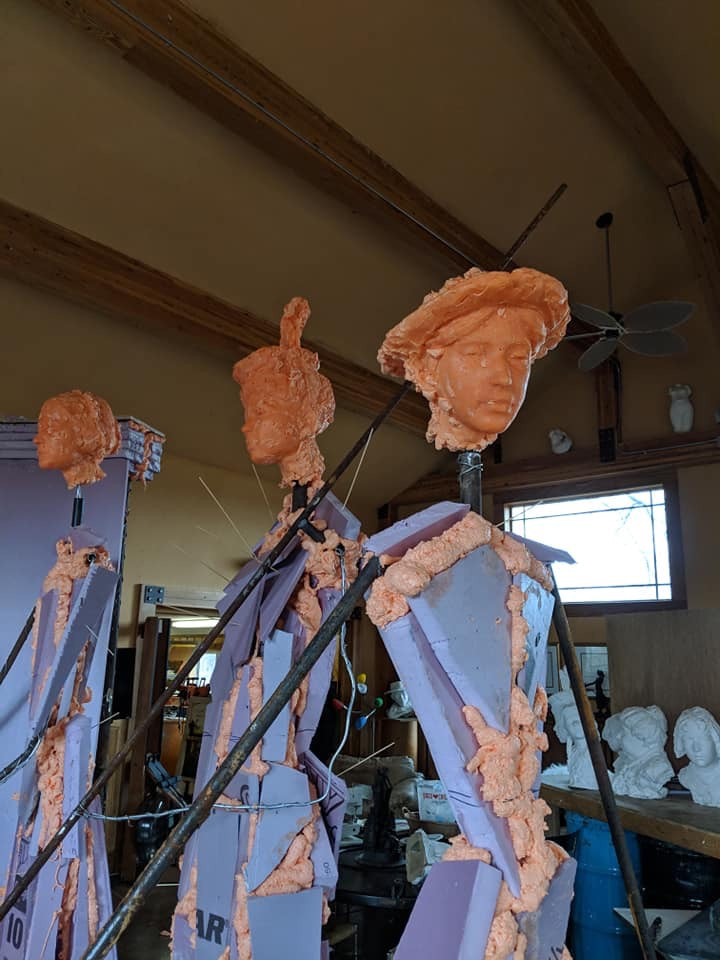

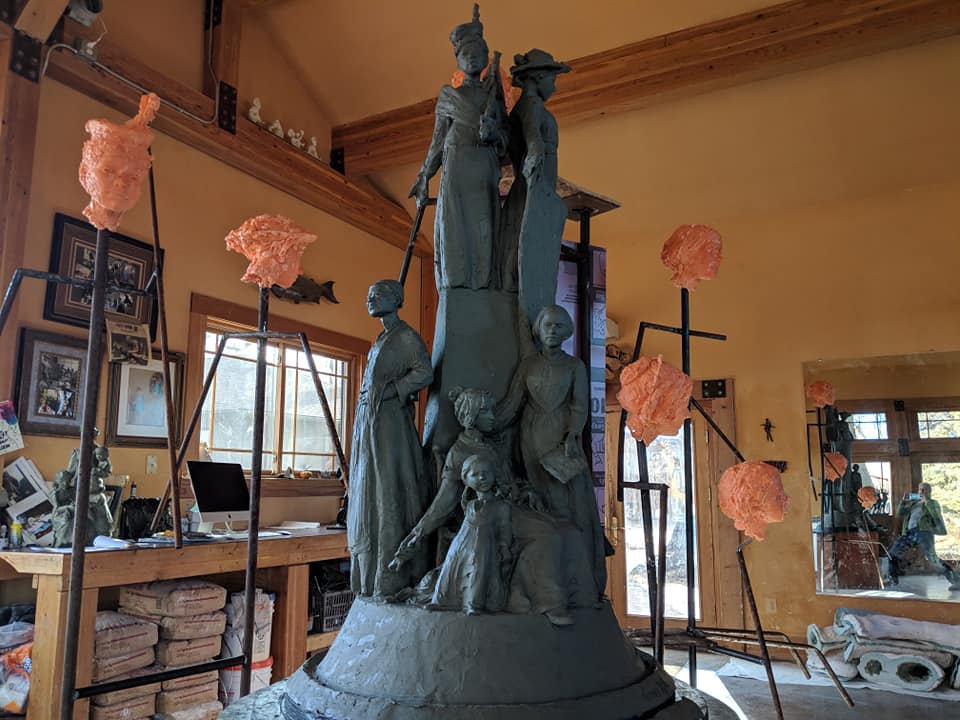

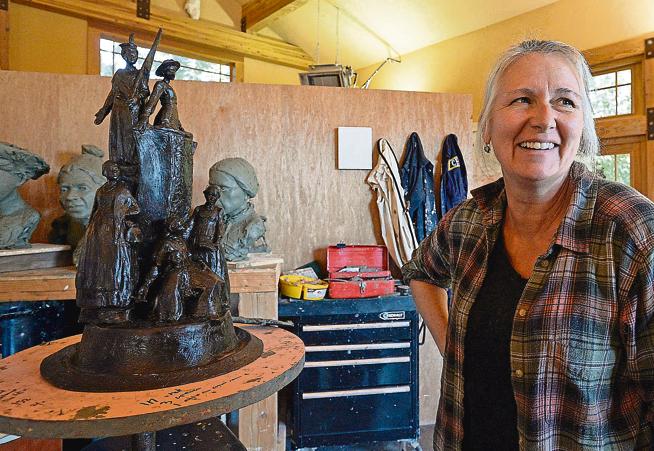

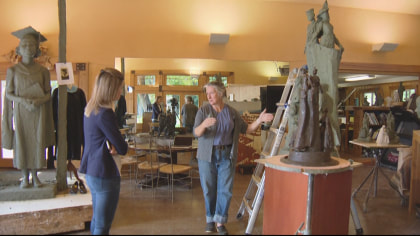
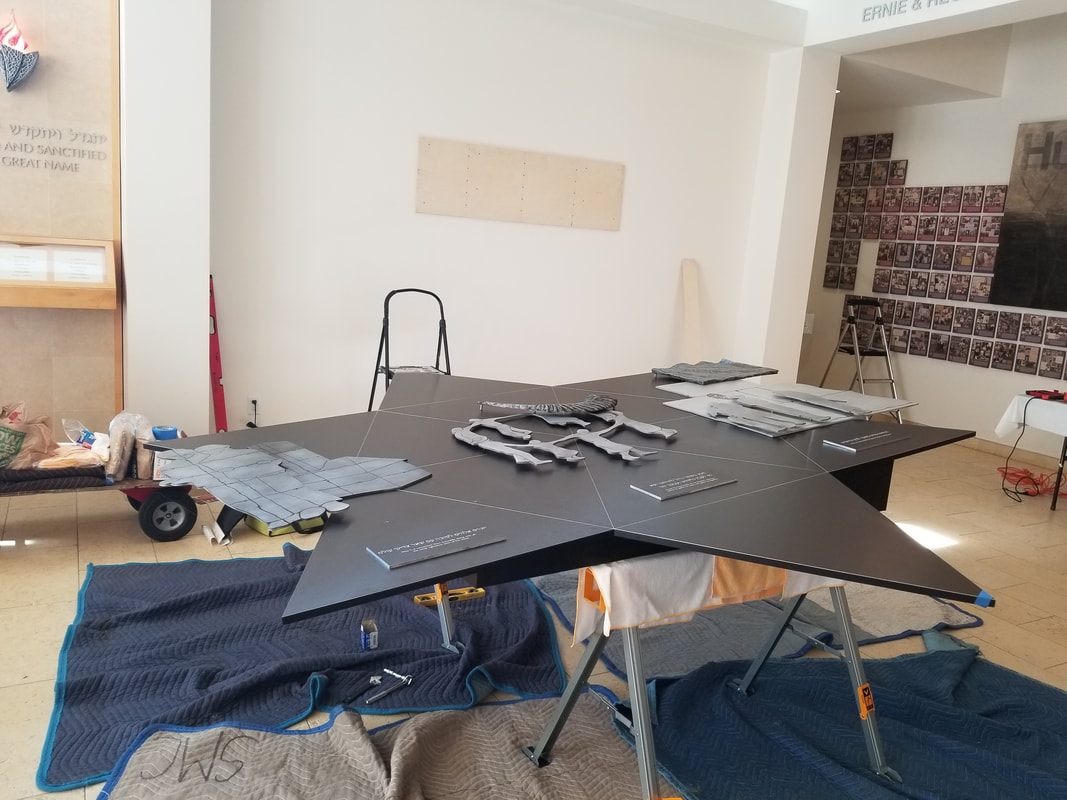

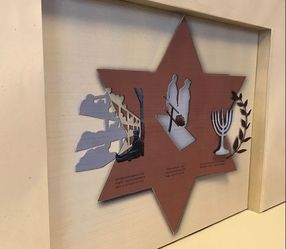




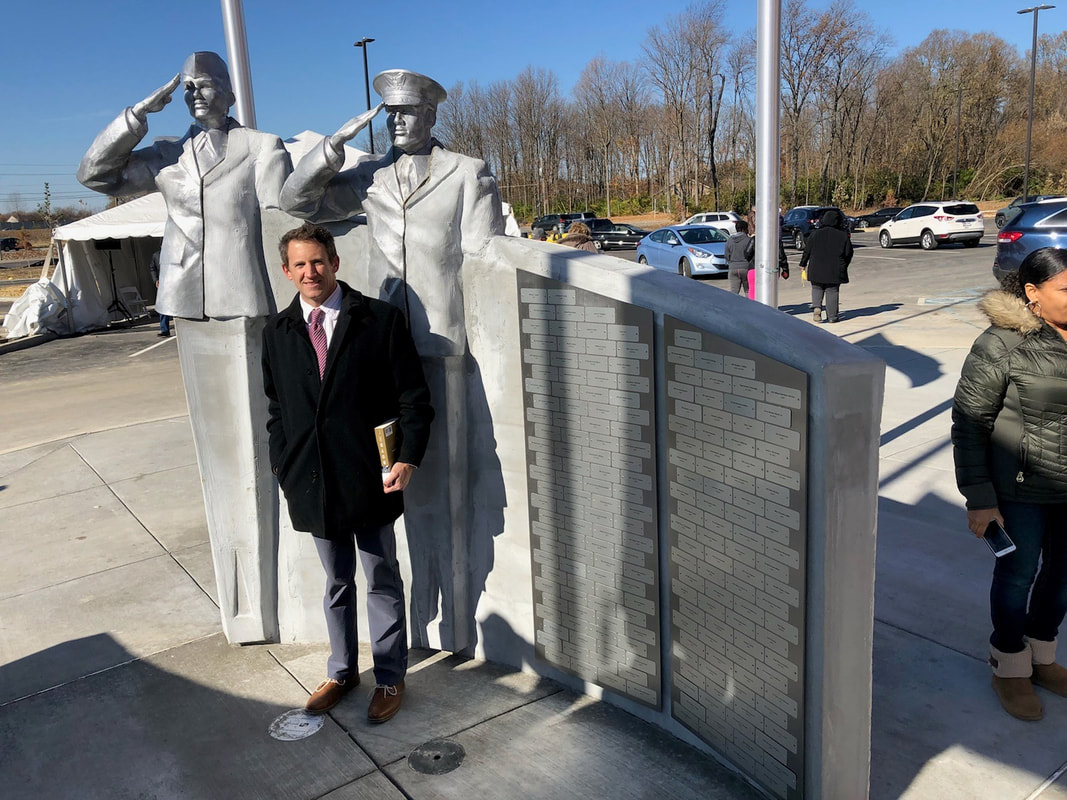
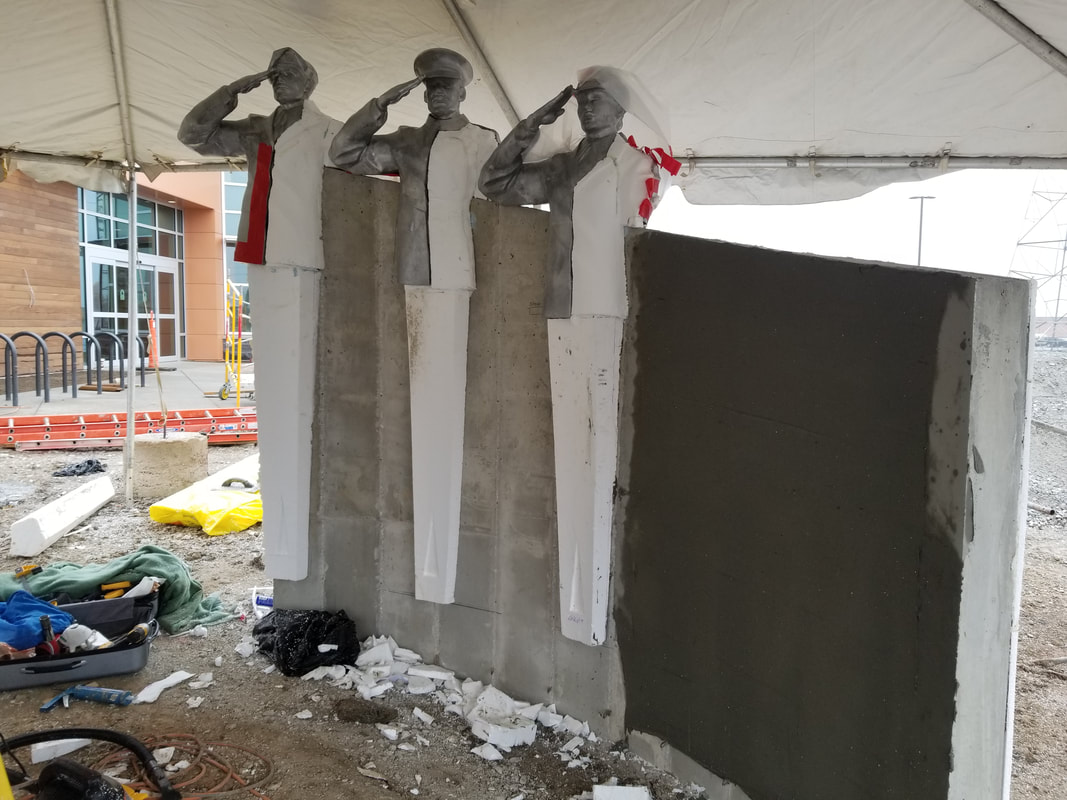
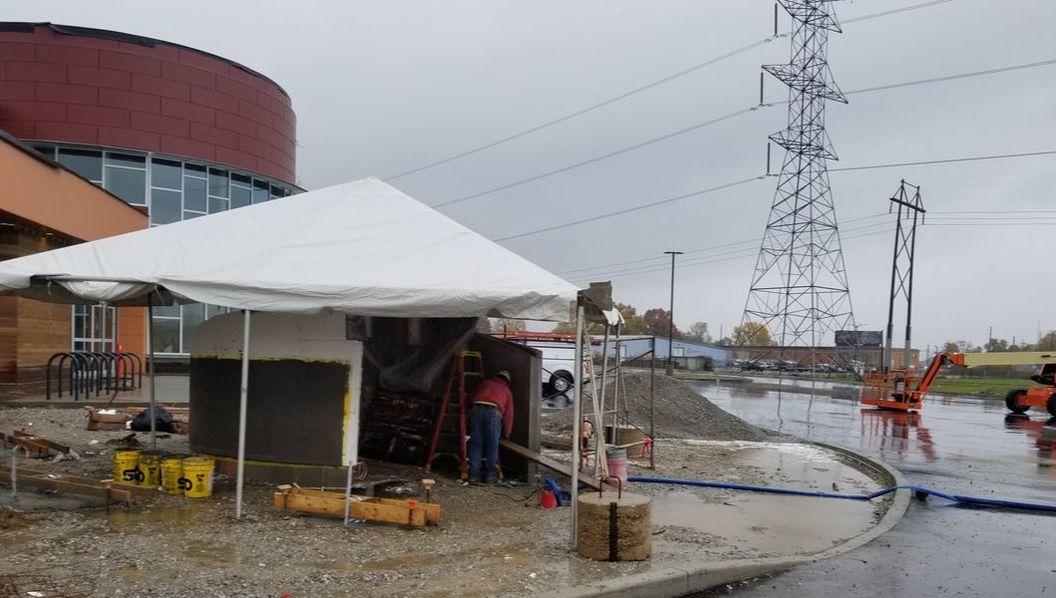

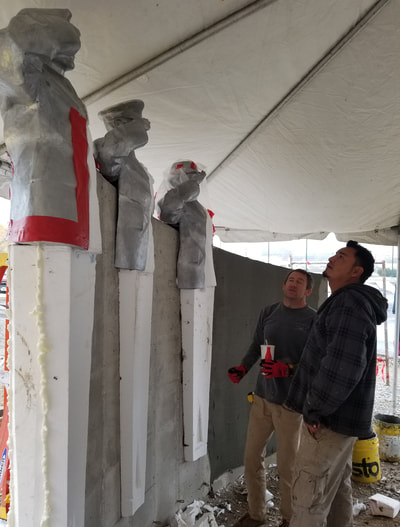


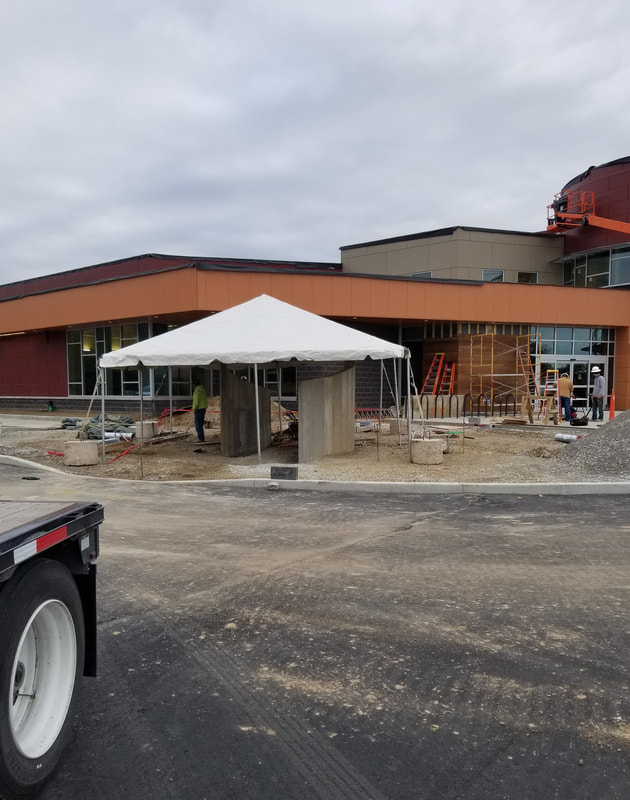
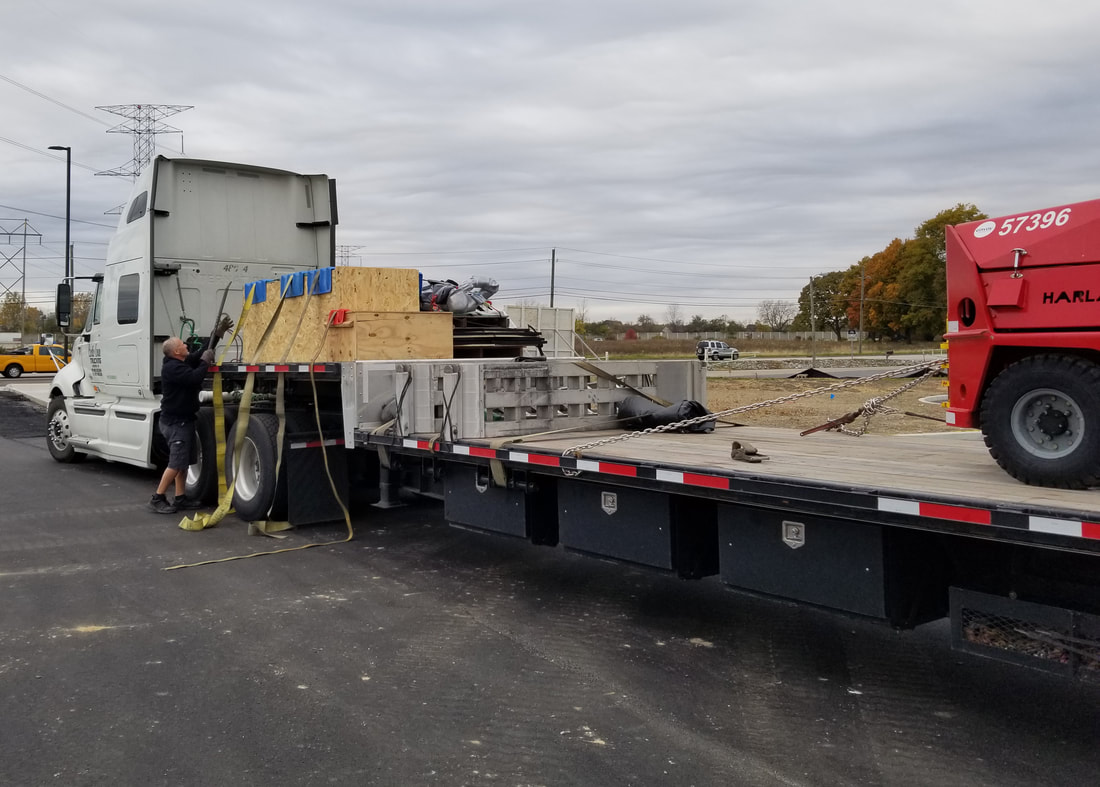





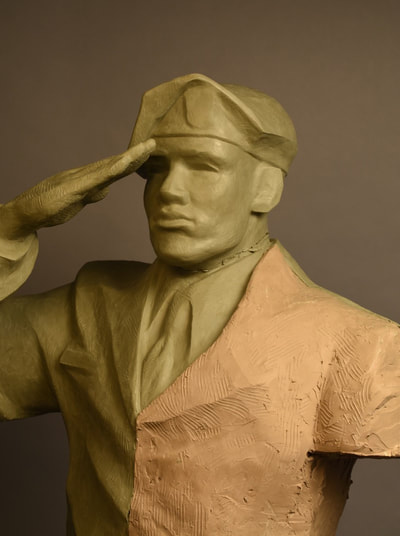
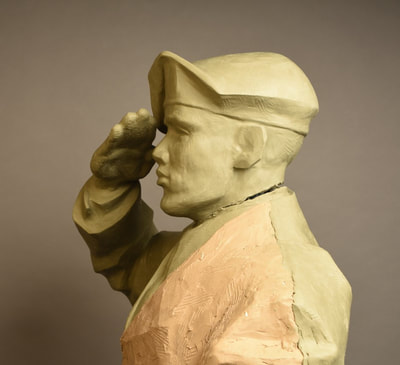

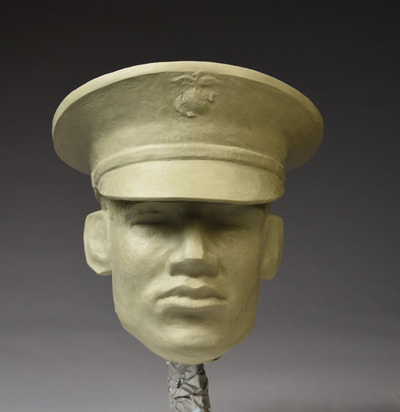
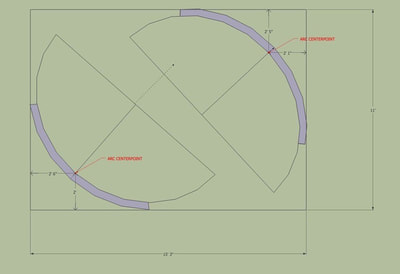
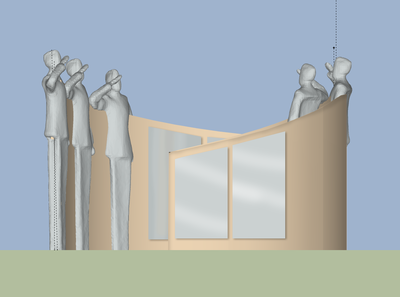
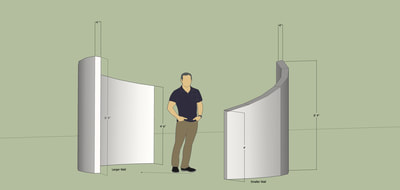
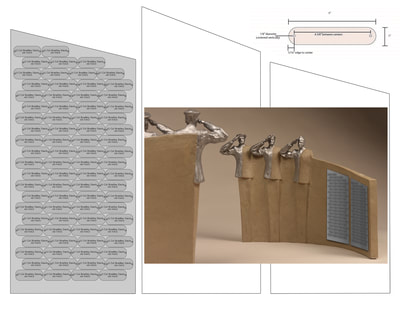

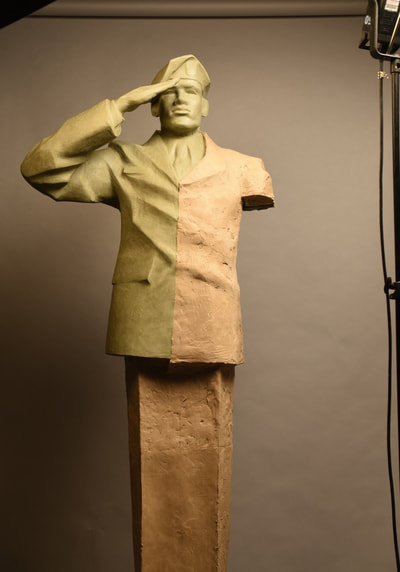

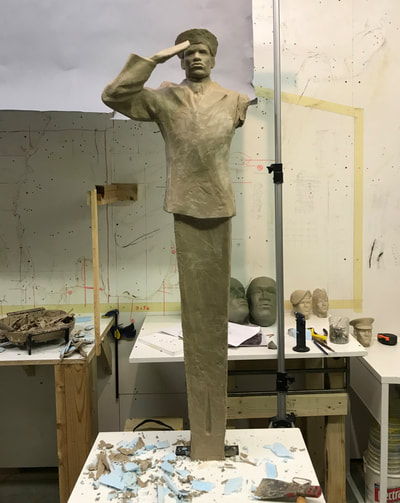
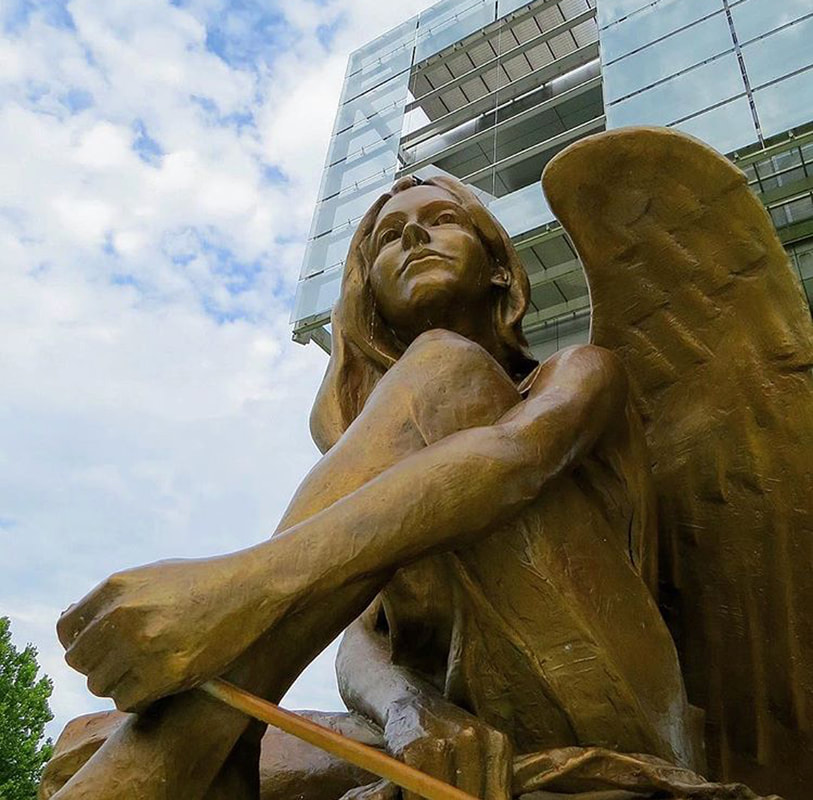








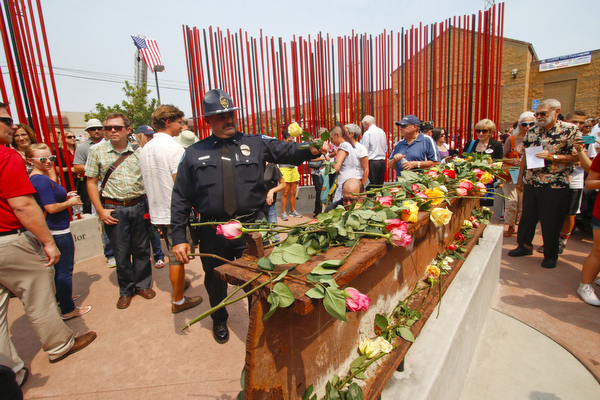
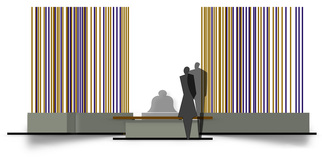
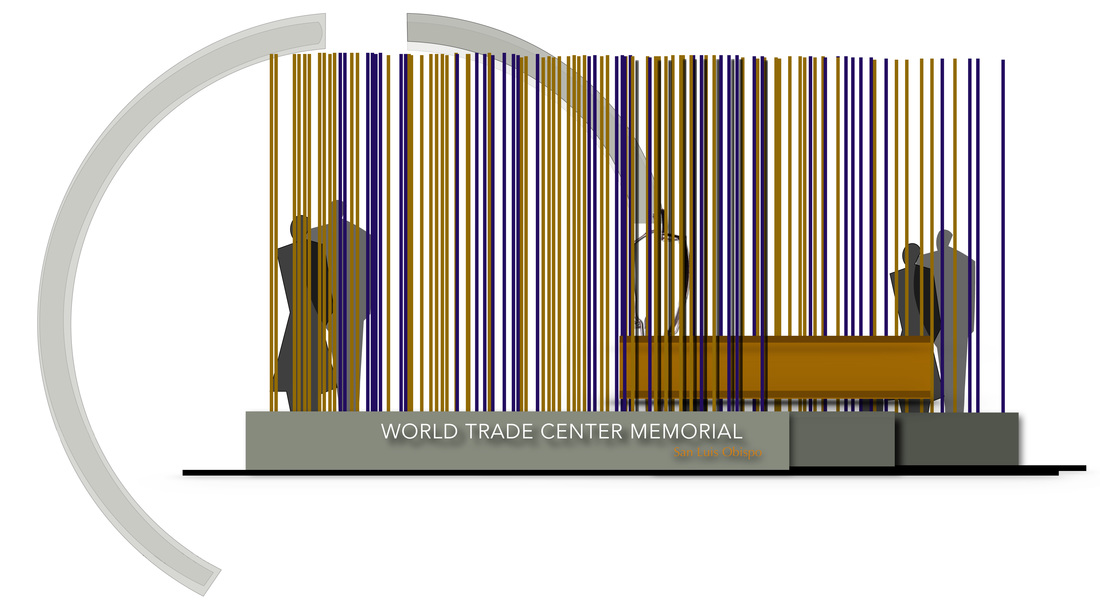
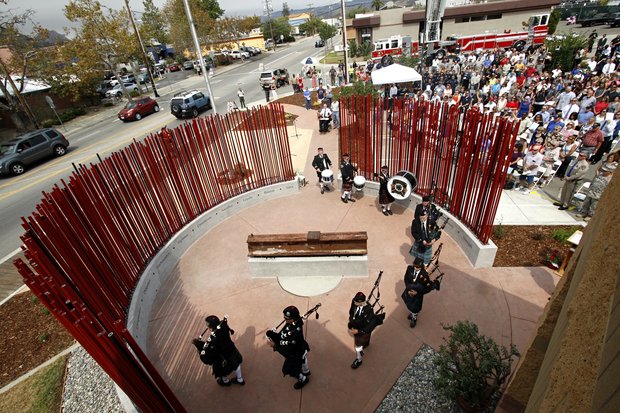
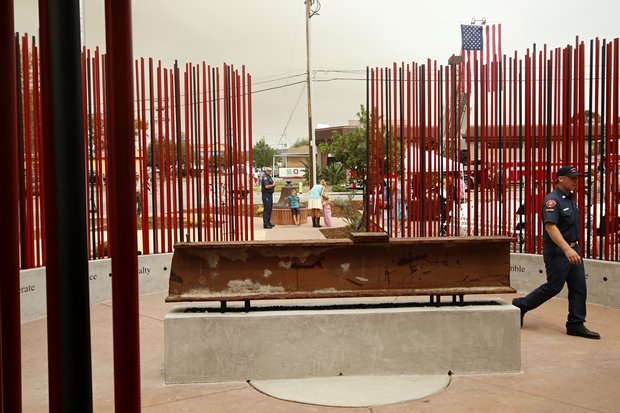
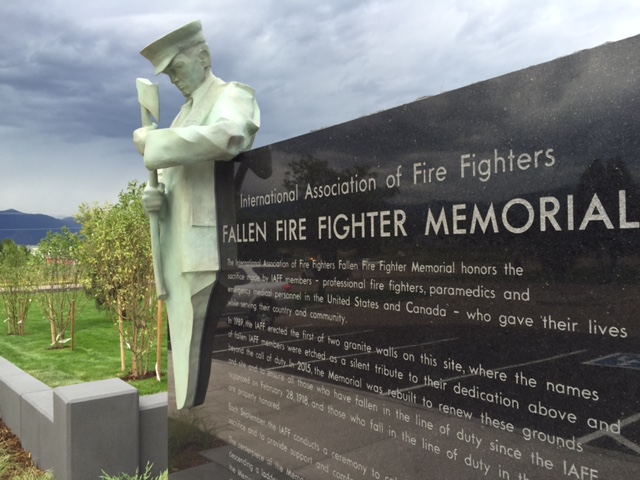













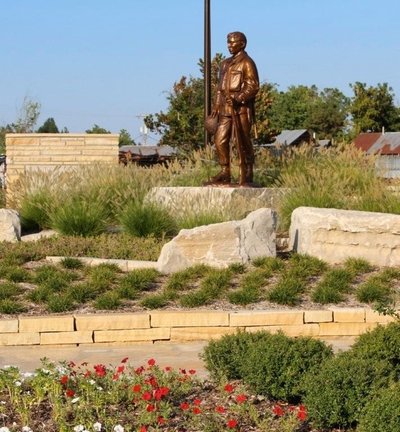

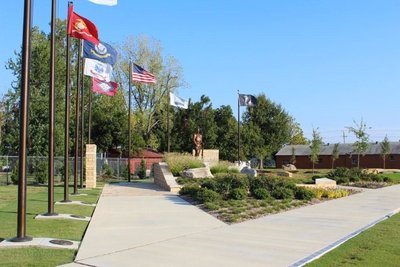

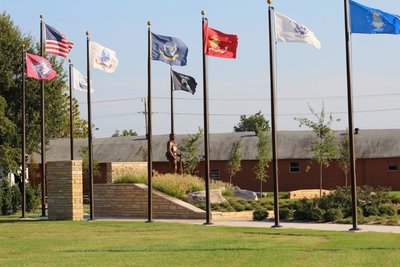
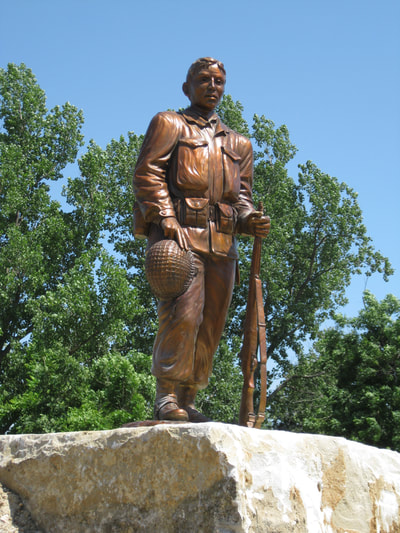
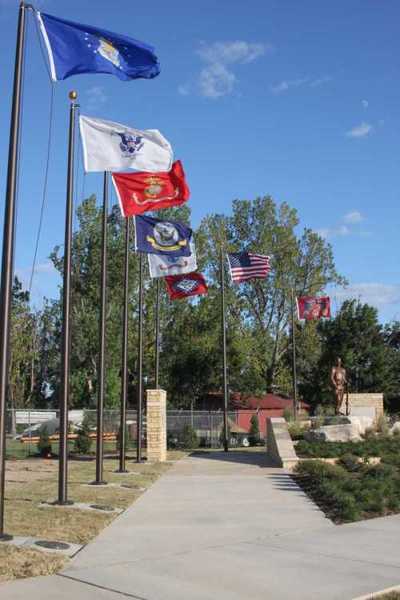
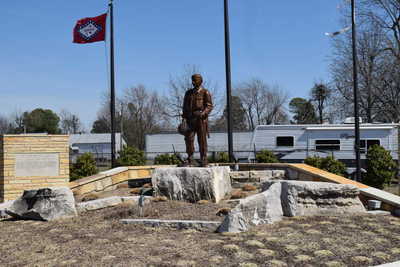
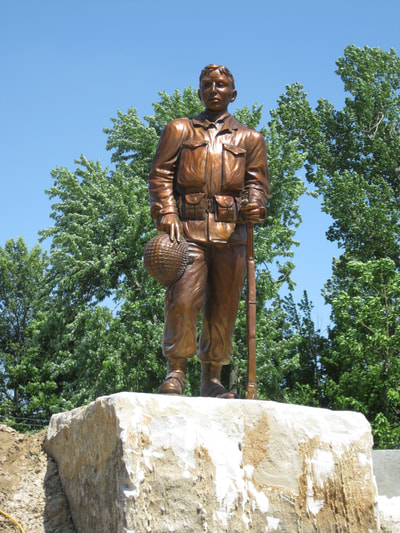
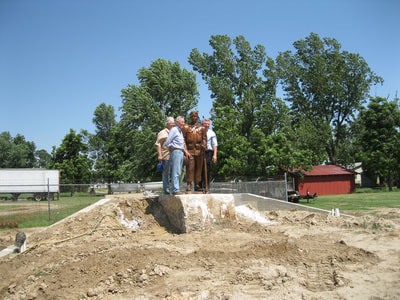
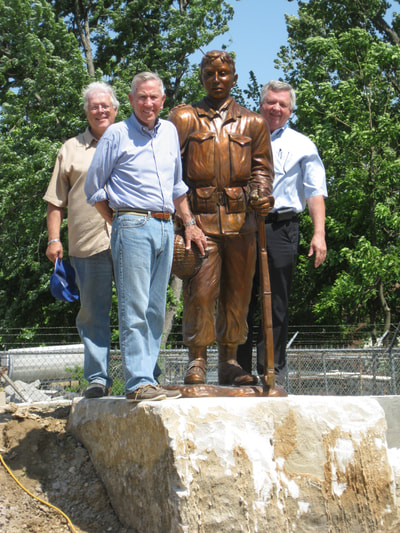







































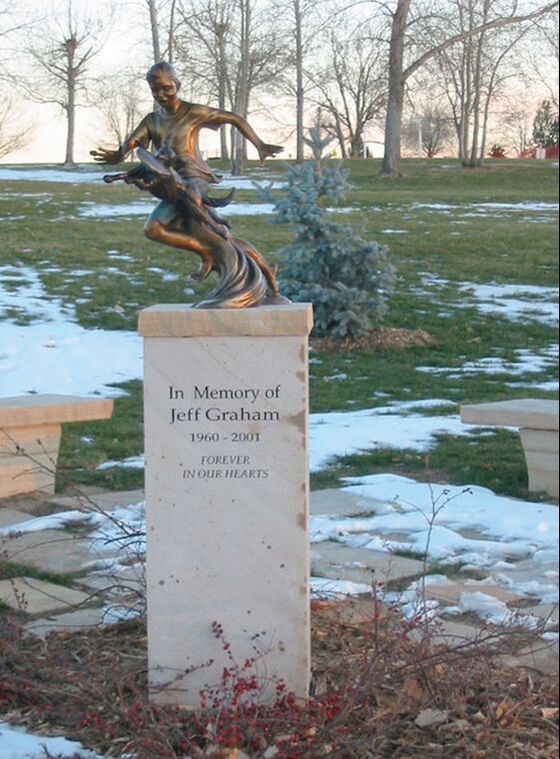
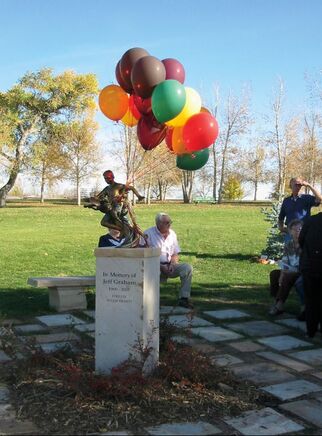
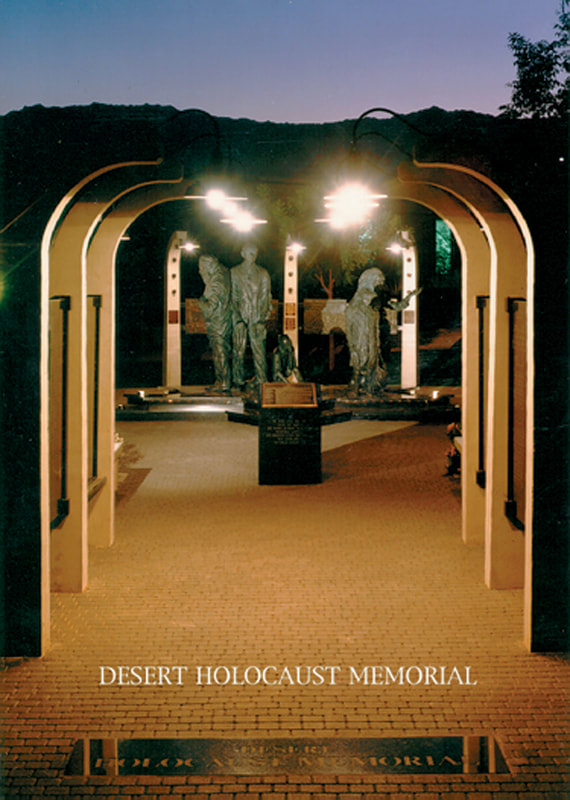



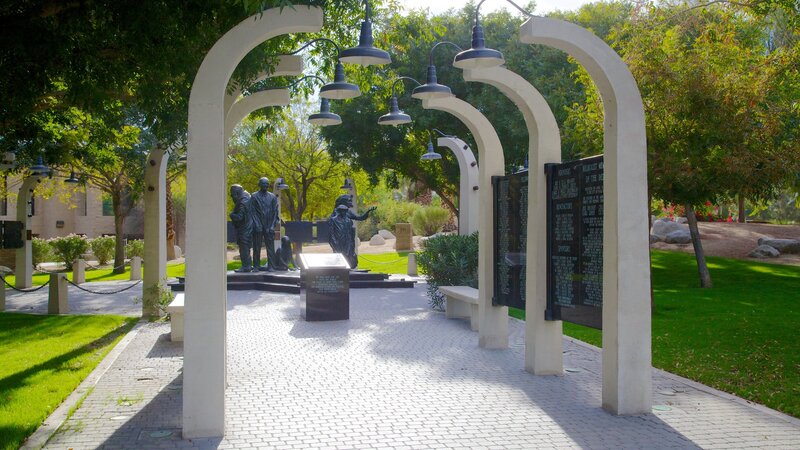
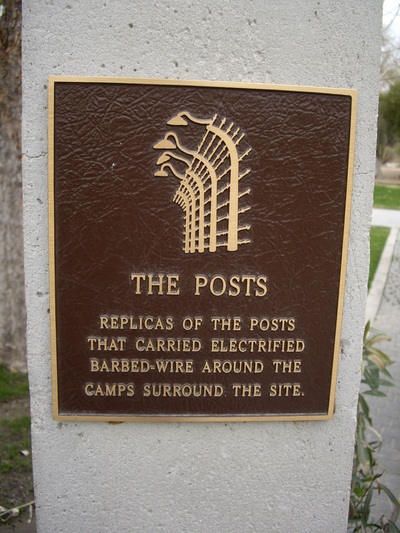

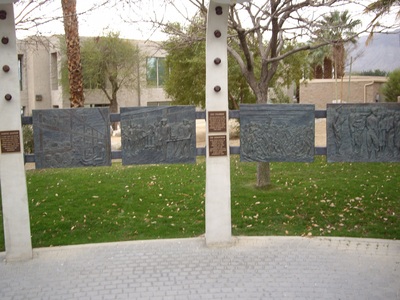
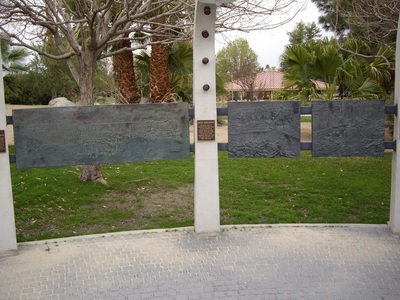

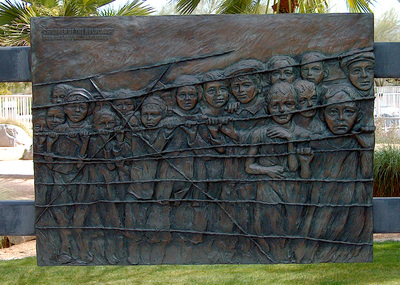
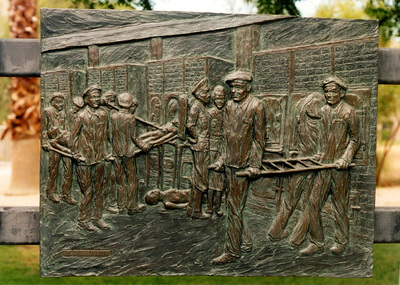
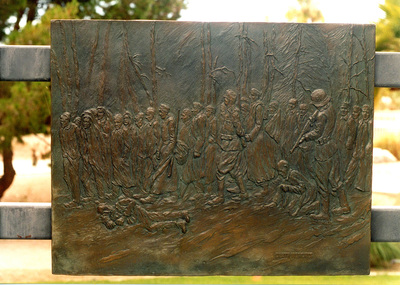
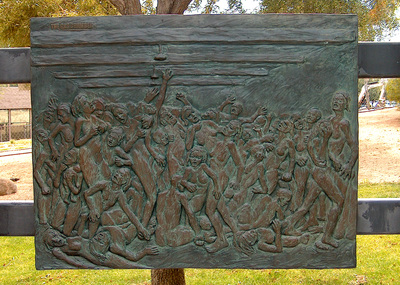


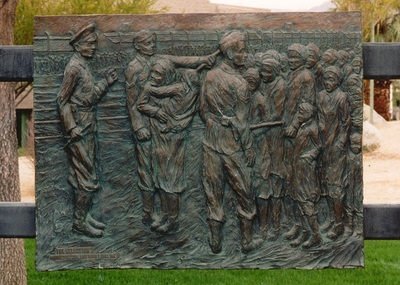
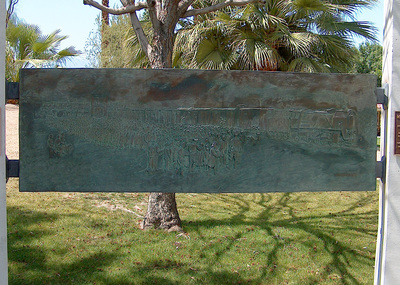
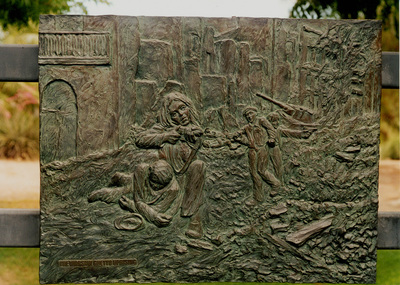


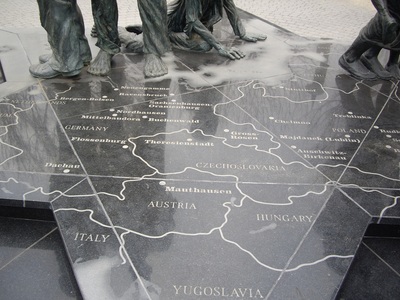

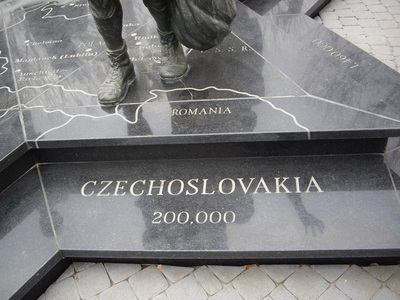

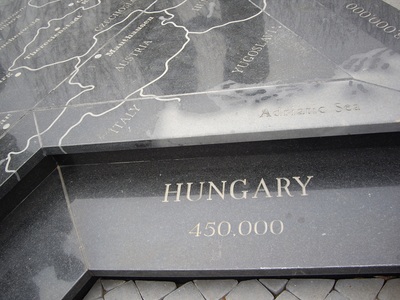
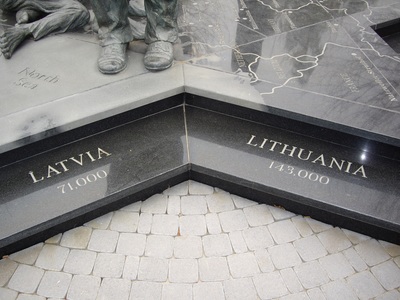
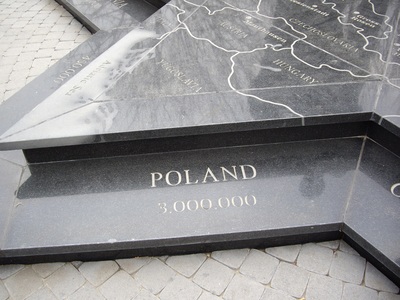
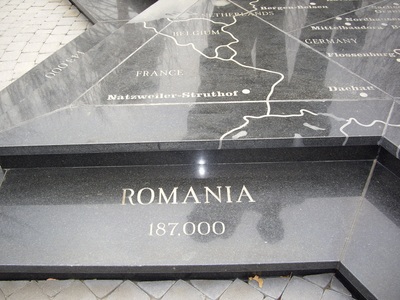
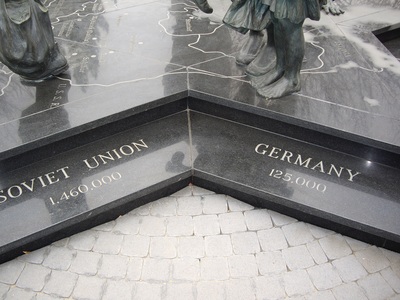
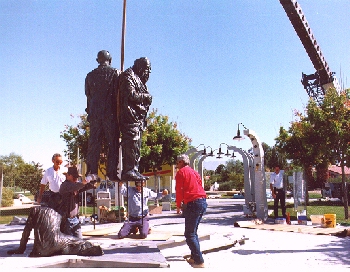
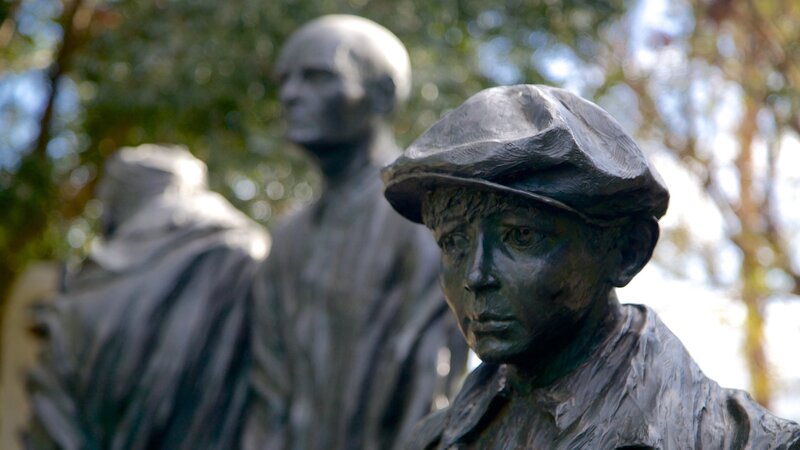


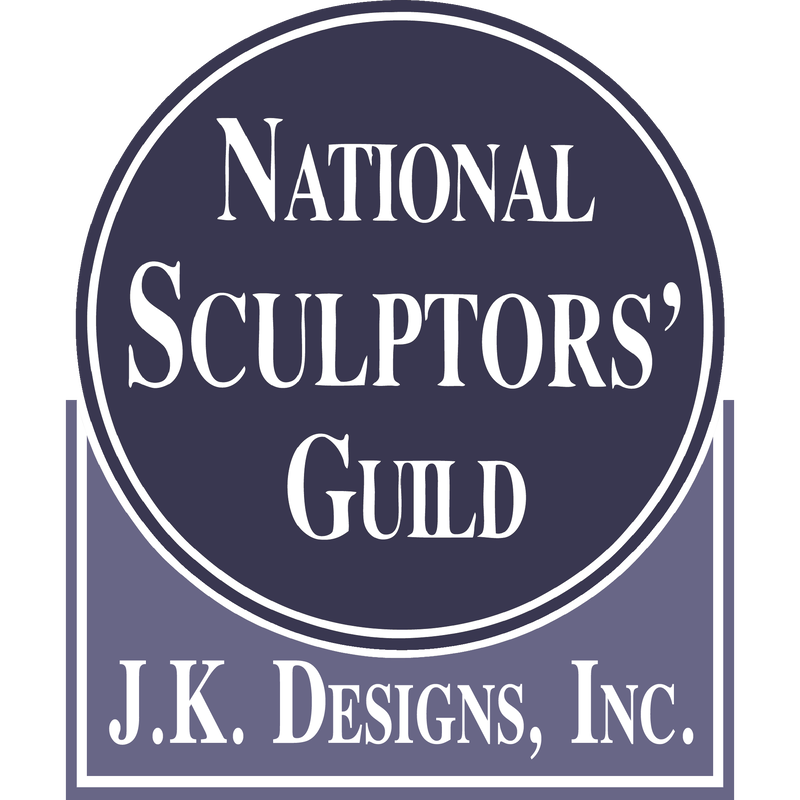
 RSS Feed
RSS Feed
